
While X-Men: The Animated Series remains celebrated for bringing numerous iconic Marvel characters and riveting story arcs to life, several critical figures were surprisingly underrepresented. This animated classic is often considered one of the best adaptations of Marvel Comics, effectively showcasing the X-Men’s fight for acceptance and equality through compelling narratives like the Dark Phoenix Saga and Days of Future Past. However, this success came at the cost of neglecting numerous fascinating characters within the expansive Marvel universe.
The creators faced the daunting challenge of distilling over three decades of X-Men comic lore into an engaging format suitable for Saturday morning viewers. Due to resource limitations and a principal focus on the main X-Men team, many beloved characters found themselves sidelined. Despite prominent roles for fan favorites like Wolverine, Rogue, and Storm, numerous key players were either reduced to minor cameos or completely omitted from the series. The continued anticipation surrounding the upcoming X-Men ’97 season 2 presents an opportunity to revisit these characters and rectify past oversights.
10 Deadpool
X-Men: TAS Season 1, Episode 4 “Deadly Reunions,” Season 2, Episode 16 “Whatever It Takes,” & Season 3, Episode 4 “The Phoenix Saga, Part II: The Dark Shroud”
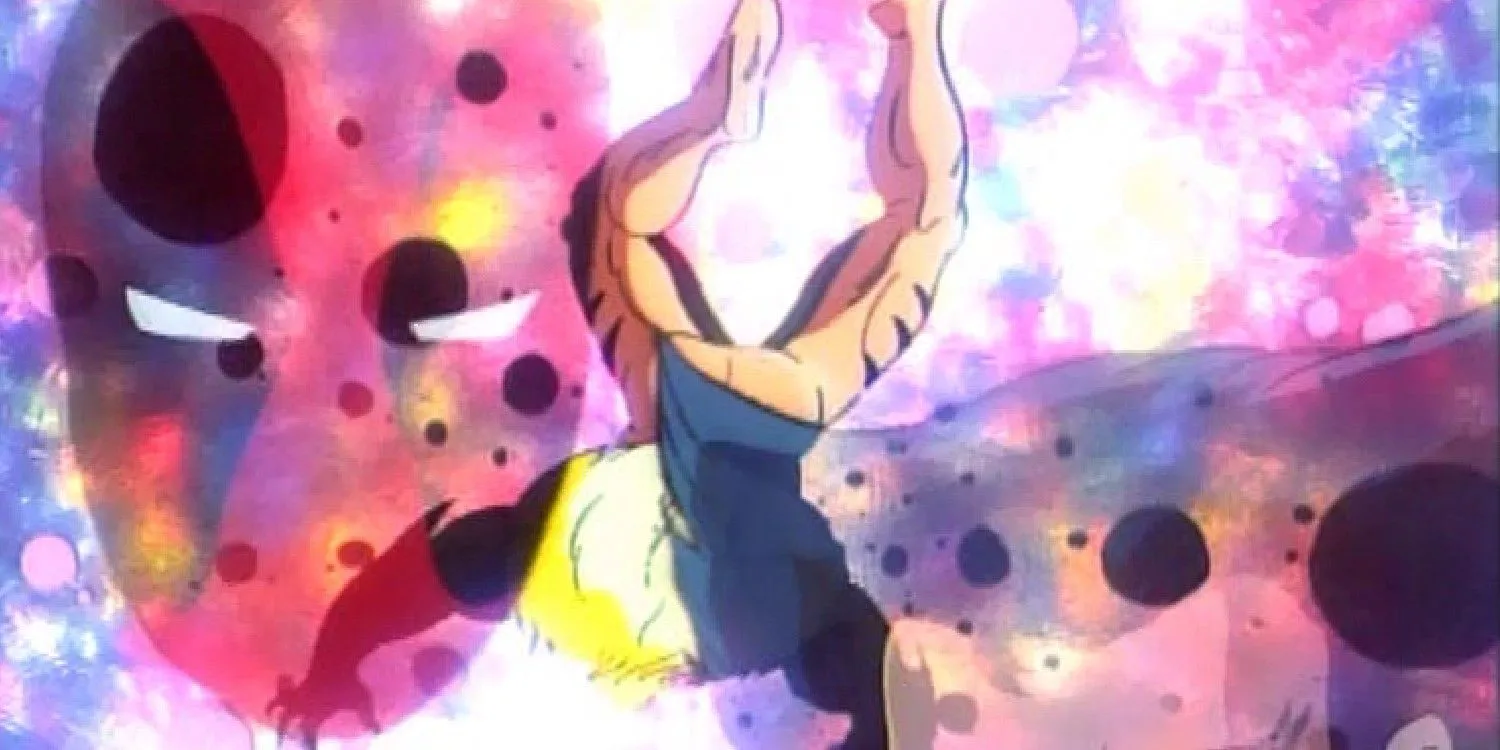
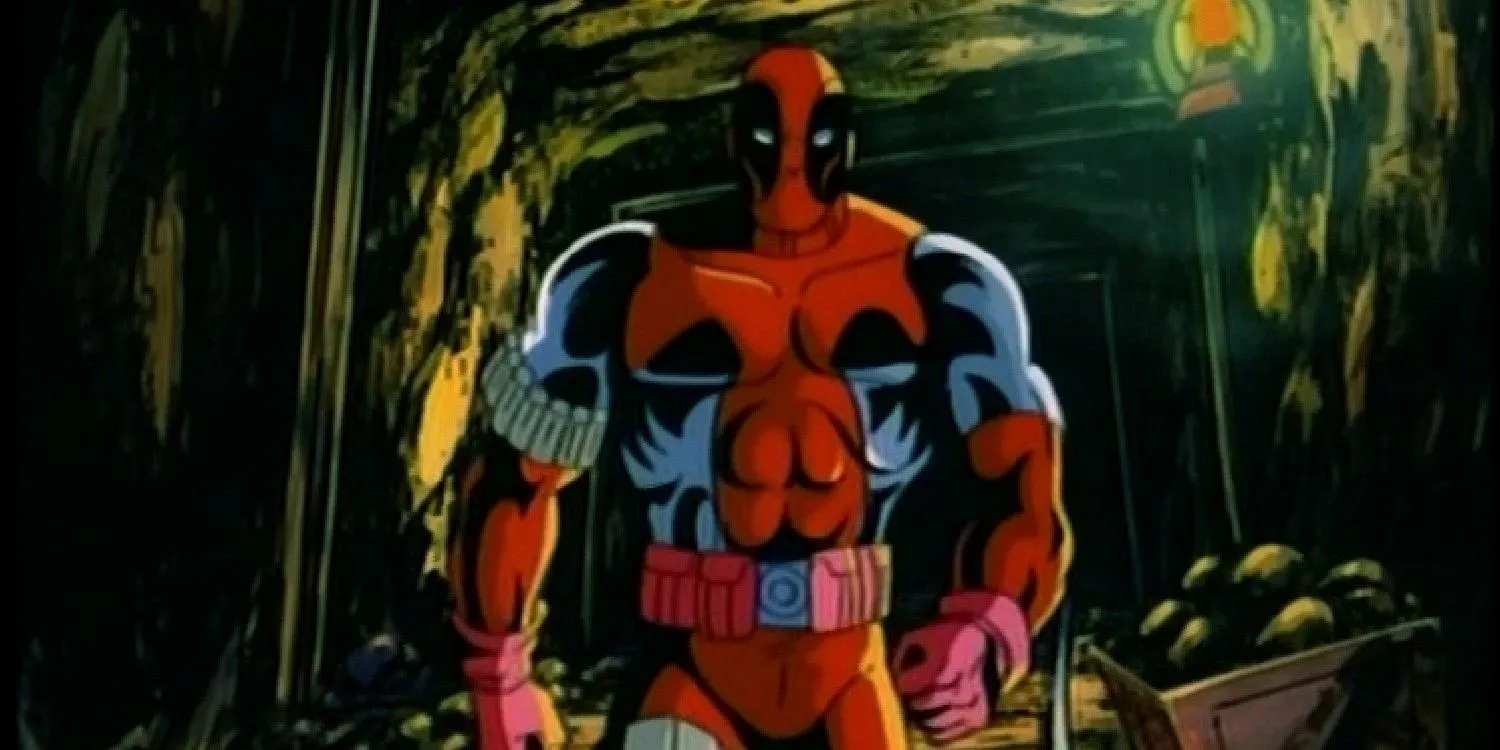
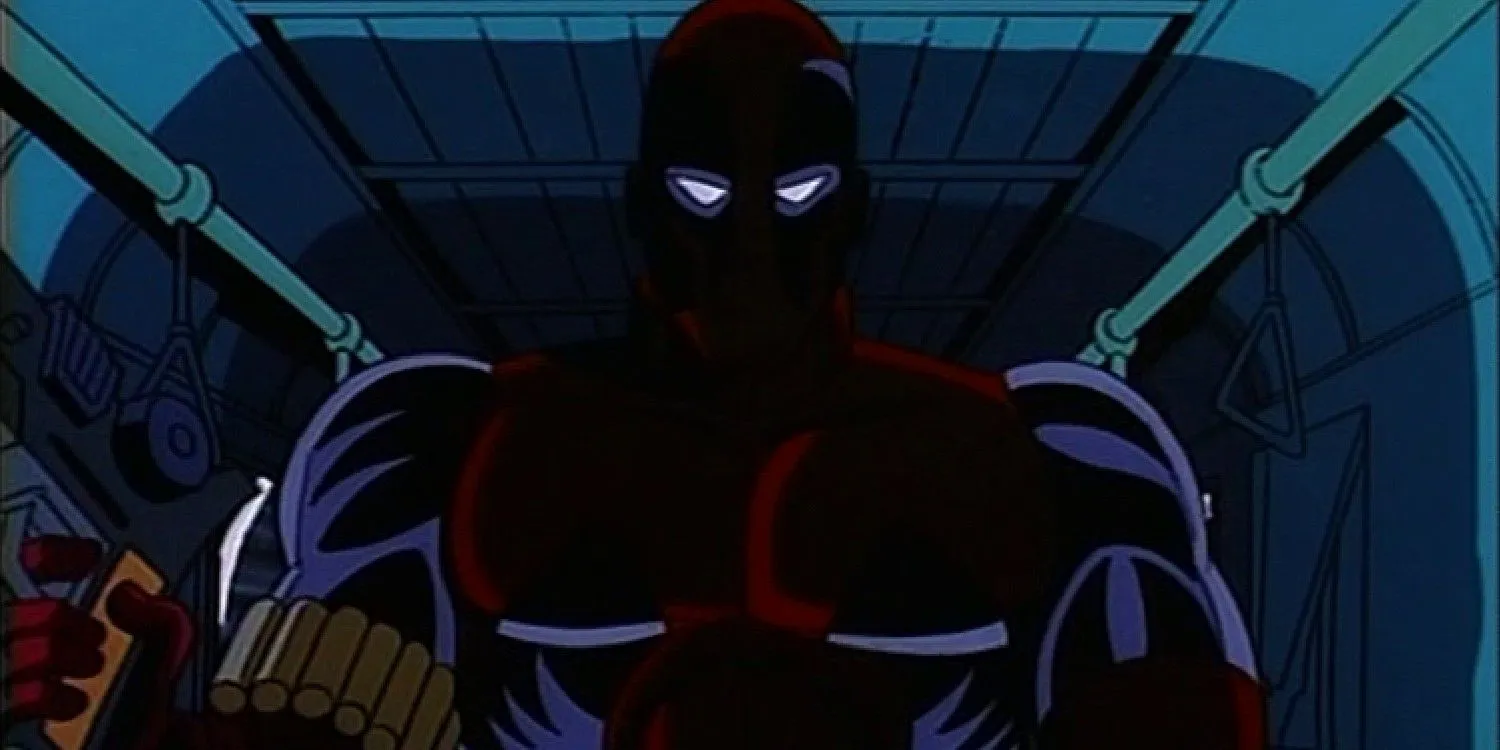
Deadpool, one of Marvel’s most celebrated antiheroes, is conspicuously absent from the series despite being alluded to on three notable occasions. He briefly pops up in Sabretooth’s psyche during “Deadly Reunions,” while Morph impersonates him in “Whatever It Takes,” and a sinister vision of him haunts Wolverine in “The Dark Shroud.” These mentions suggest a deeper connection between Deadpool and the X-Men, especially regarding Wolverine’s backstory, yet the character himself never materializes in the show.
Incorporating Deadpool’s irreverent humor, chaotic nature, and moral ambiguity could have significantly enriched X-Men: TAS. His dynamic interactions with Wolverine and Cyclops would not only introduce comedic relief but could also probe profound themes of identity and redemption. Considering Deadpool’s surge in popularity over recent years, his absence from this iconic animated series remains an unfortunate missed opportunity.
9 Rachel Summers
X-Men: TAS Season 4, Episodes 18-21 “Beyond Good And Evil”
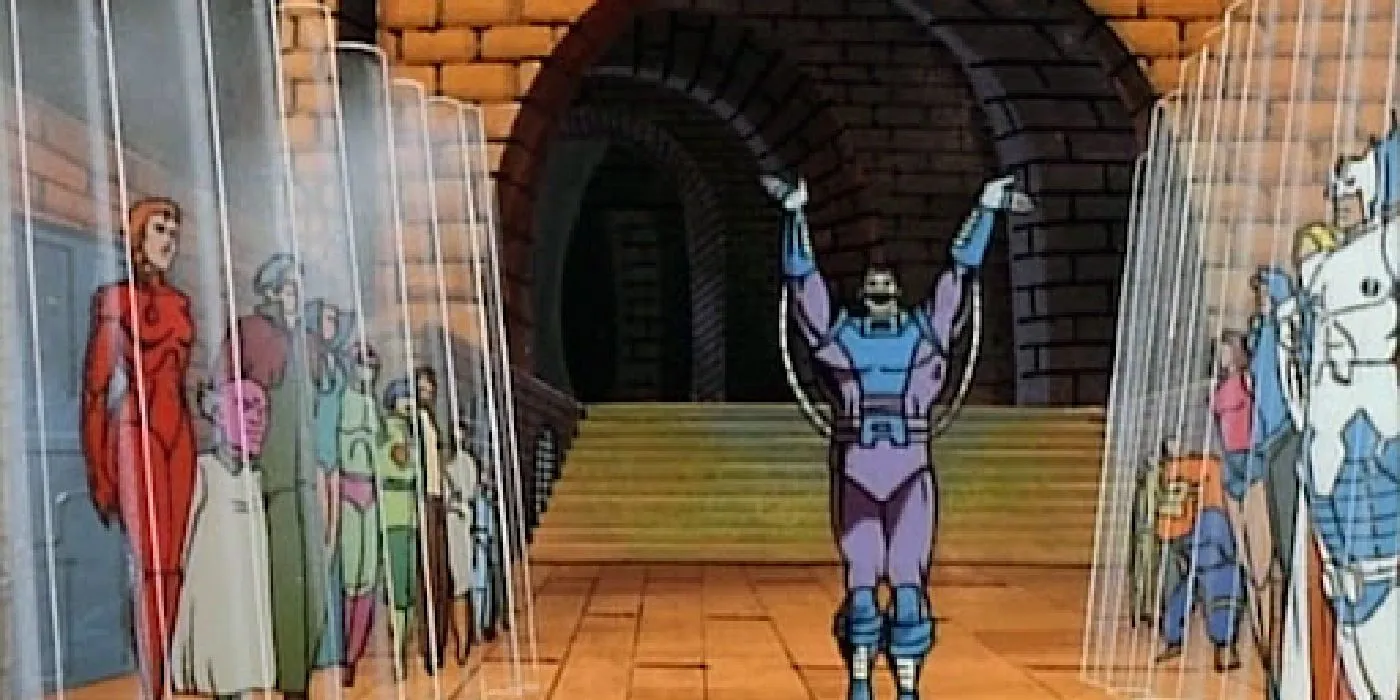
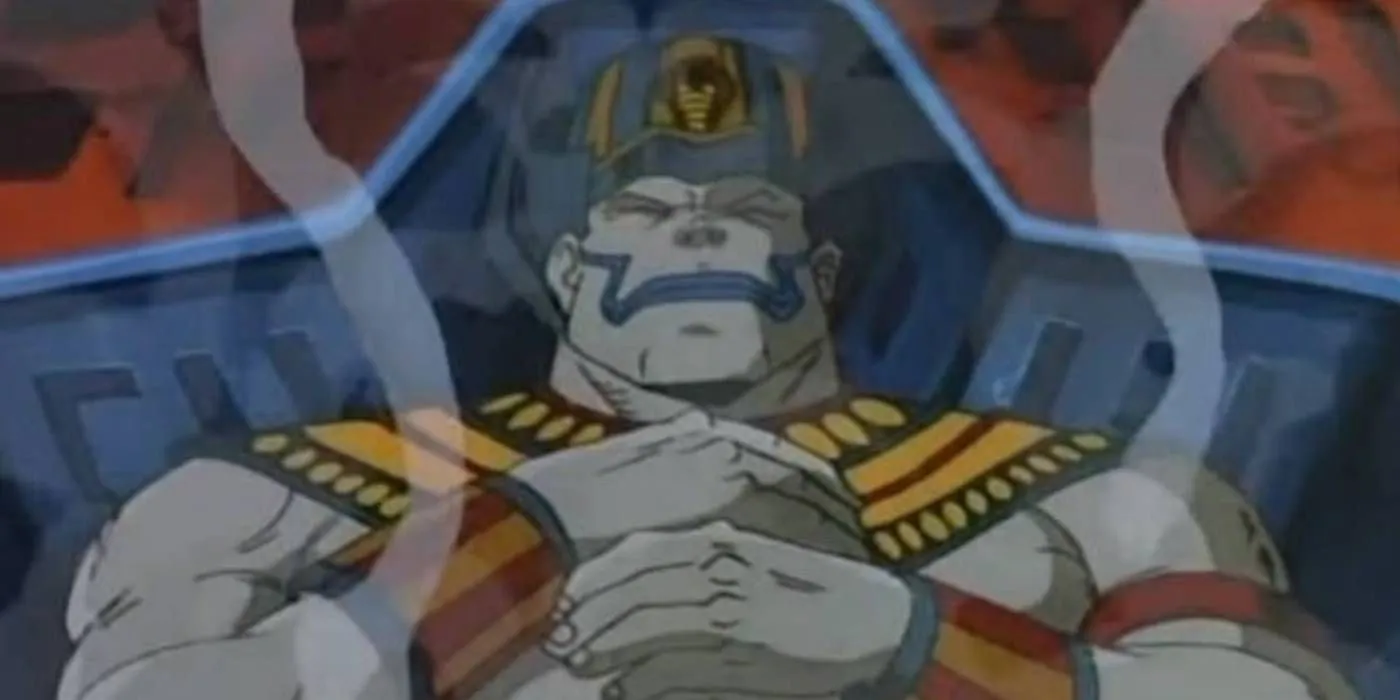
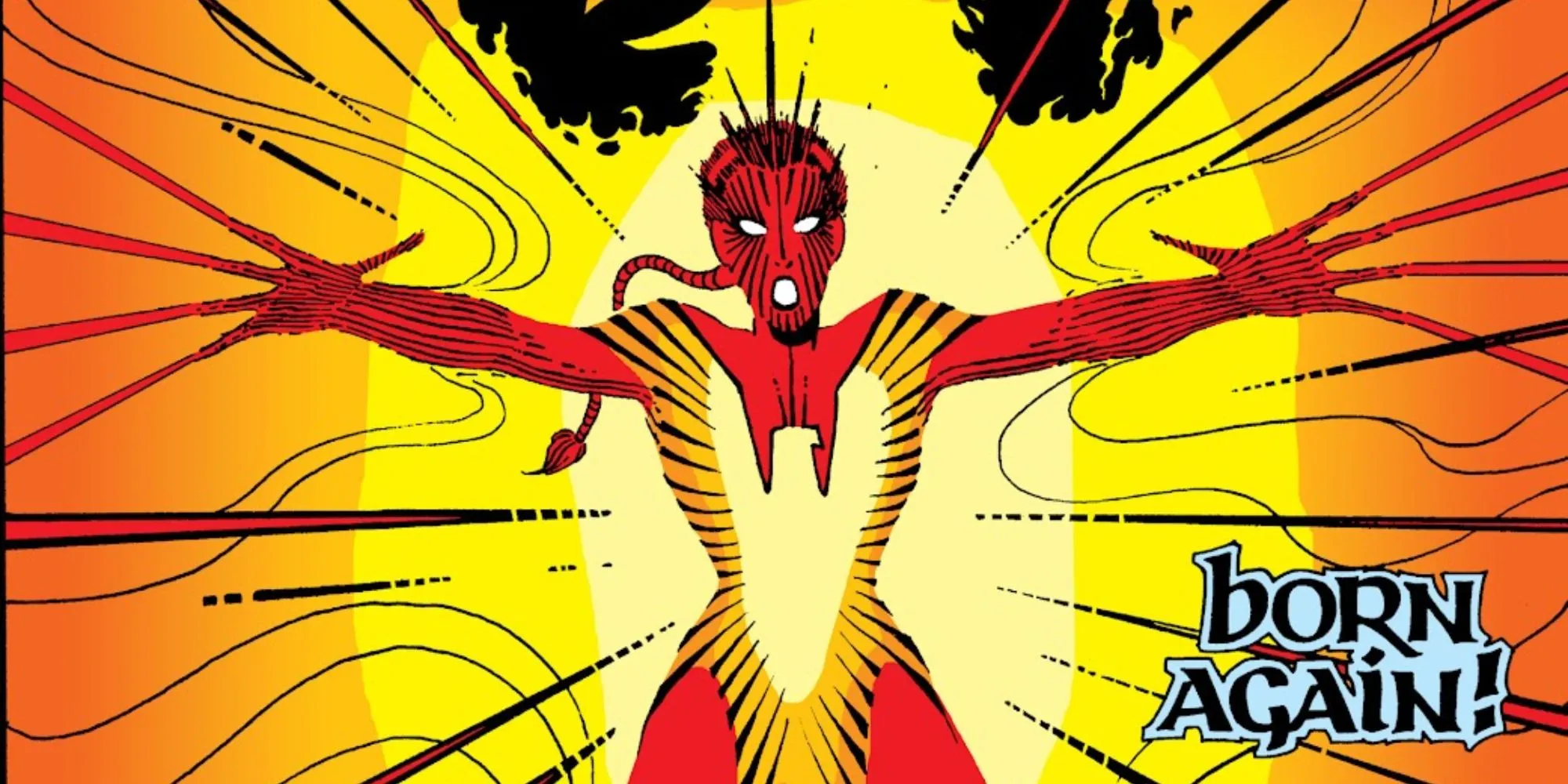
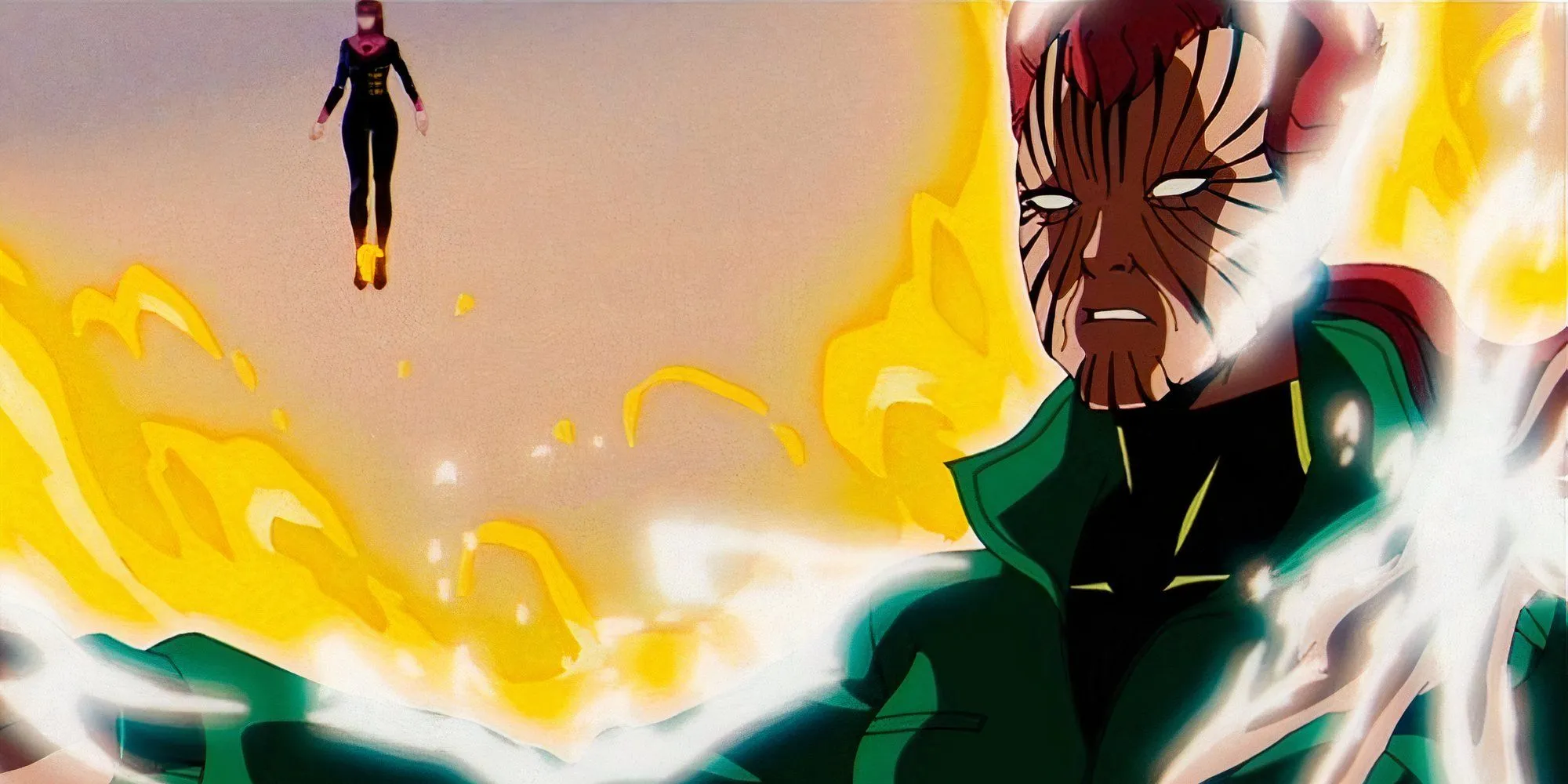
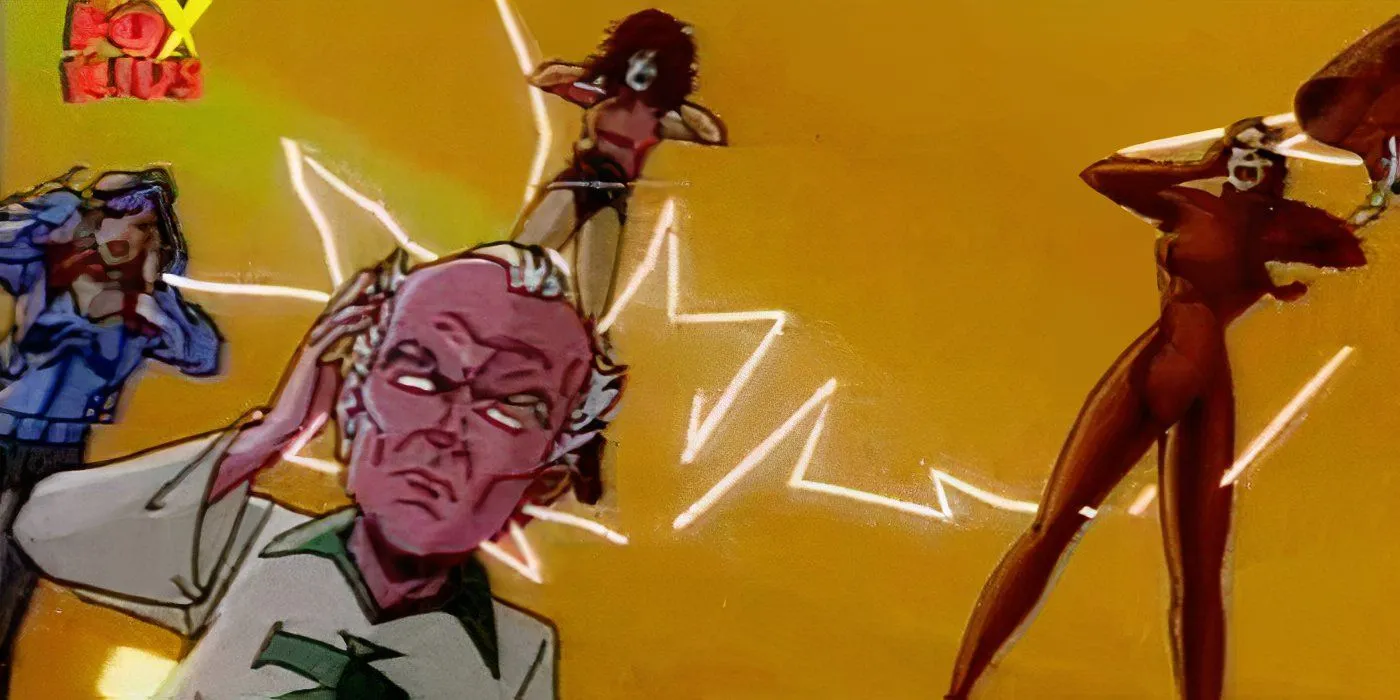
Integral to the X-Men mythology, Rachel Summers, Cyclops and Jean Grey’s time-altered daughter, embodies themes of legacy, resilience, and trauma, serving as a host for the Phoenix Force. Though she appears during the “Beyond Good and Evil” saga, her presence is more of an Easter Egg—merely peeking into the background while trapped by Apocalypse, with minimal character exploration.
Despite the series’ focus on the Phoenix narrative, Rachel’s true essence remains unacknowledged, leaving an opportunity for a rich subplot revolving around her struggles with her identity and her place in a complex familial legacy unexplored. This could have significantly enhanced the character-driven storytelling for which the series is known.
8 Havok
X-Men: TAS Season 3, Episode 11 “Cold Comfort”
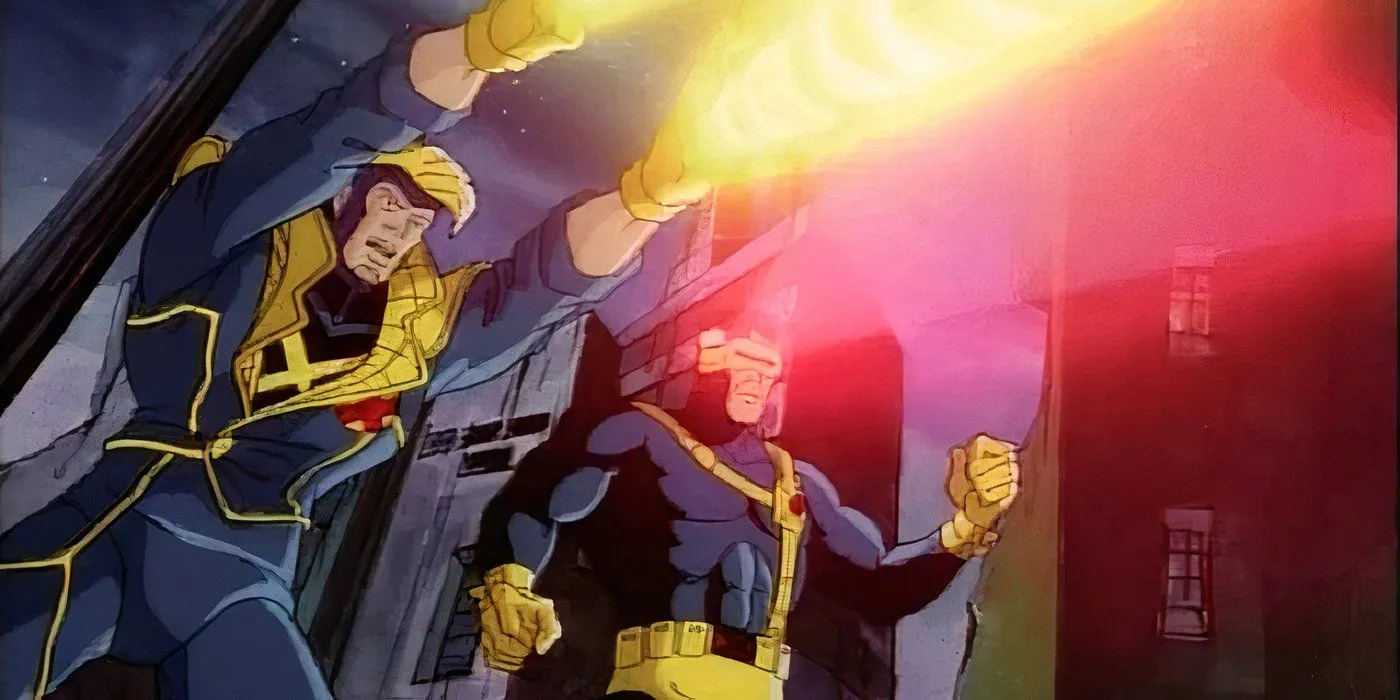
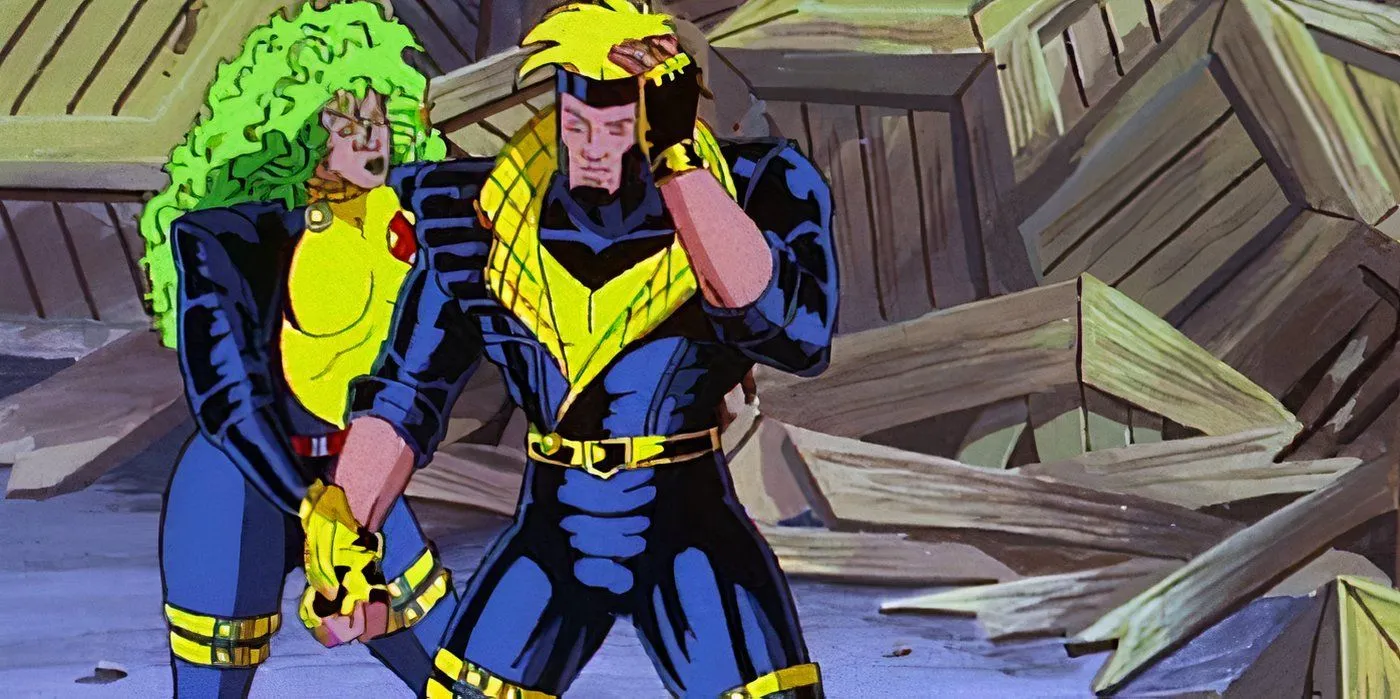
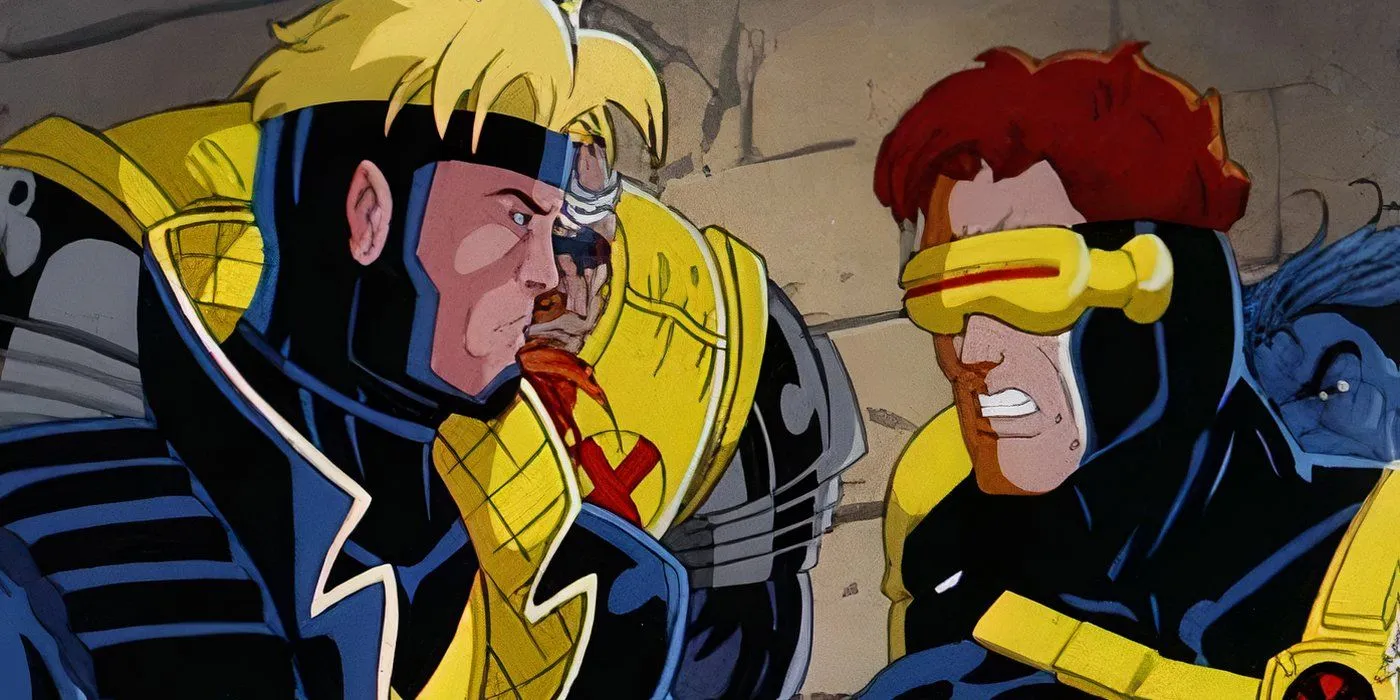
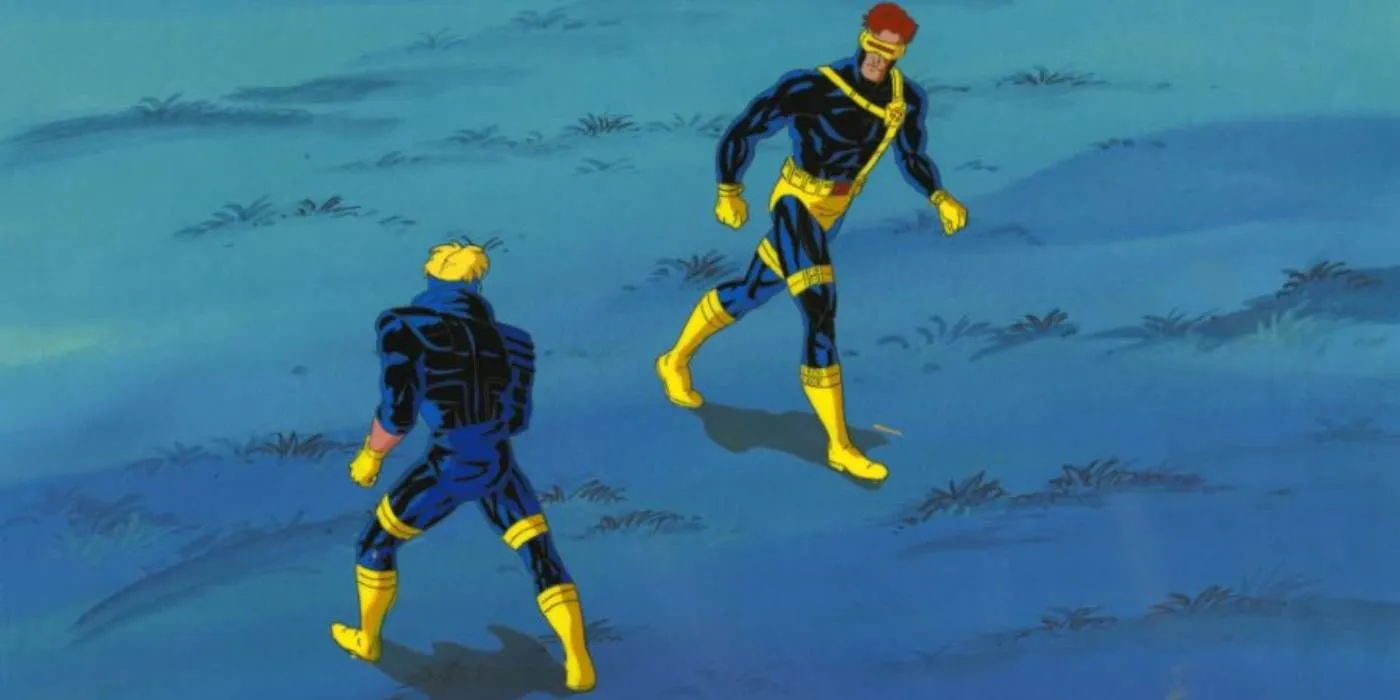
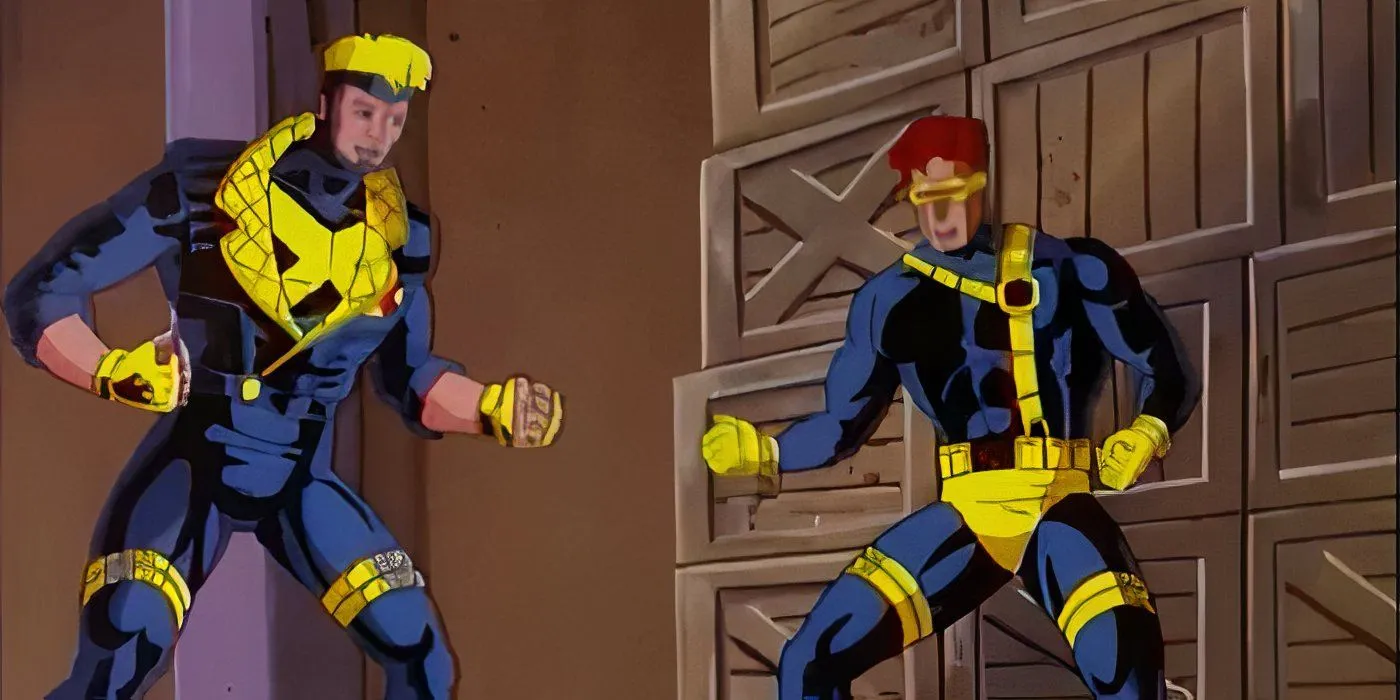
Havok, the younger sibling of Cyclops, is another notable character who suffered from insufficient screen time. He made a brief appearance in “Cold Comfort”as part of X-Factor but did not develop any meaningful connection with Cyclops, and he disappears shortly after their initial encounter. This encounter, rich with potential for narrative exploration, is left unresolved, and Havok’s further appearances are limited to a fleeting childhood flashback in “Orphan’s End.”
Exploring Havok’s rebellious character arc in tandem with Cyclops’ disciplined approach would have offered a multilayered look at the strains of their brotherly relationship rooted in their unique powers. Such a subplot could have deepened the show’s exploration of themes related to family and individual identity.
7 Scarlet Witch
X-Men: TAS Season 4, Episode 13 “Family Ties”
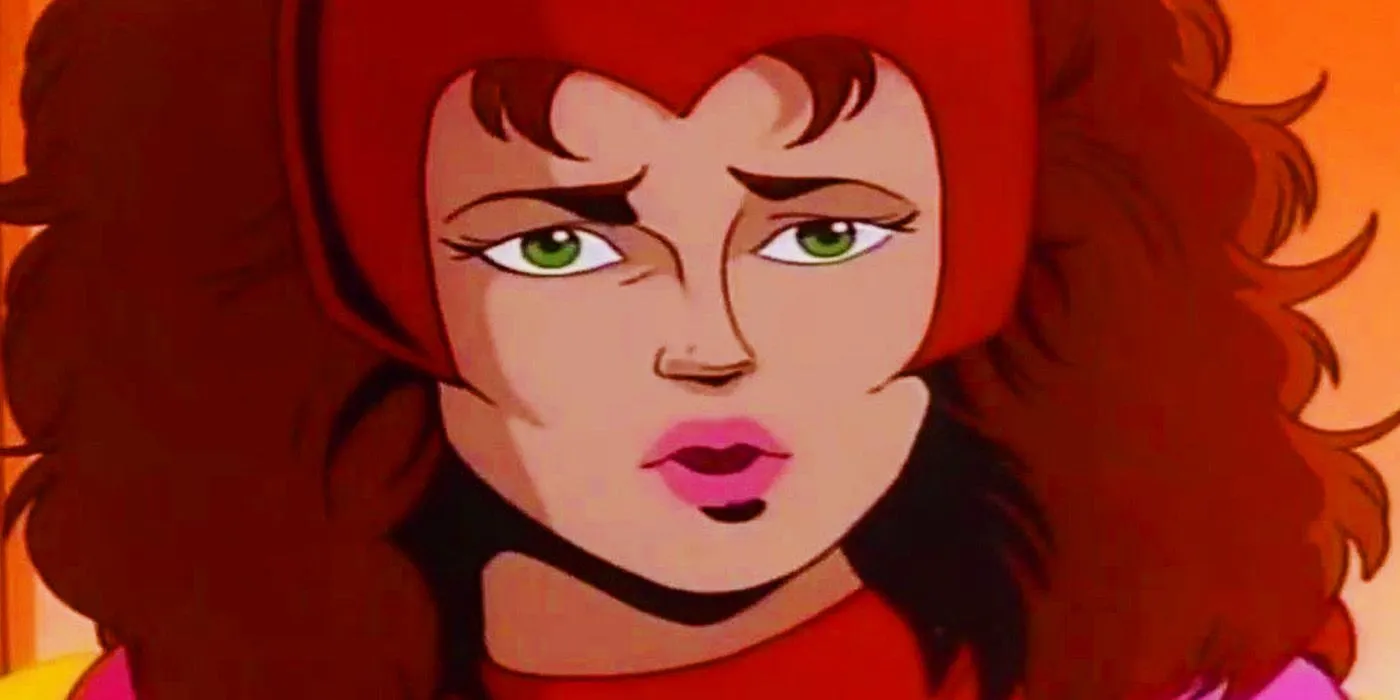
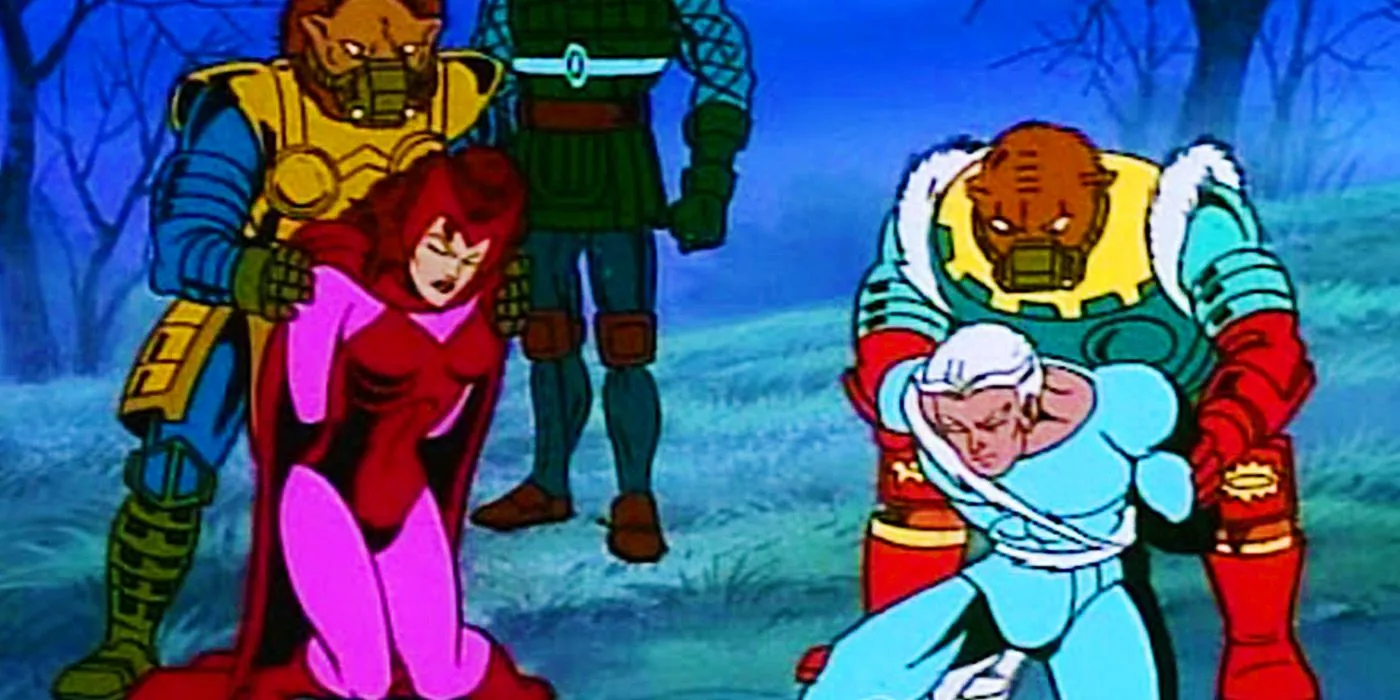
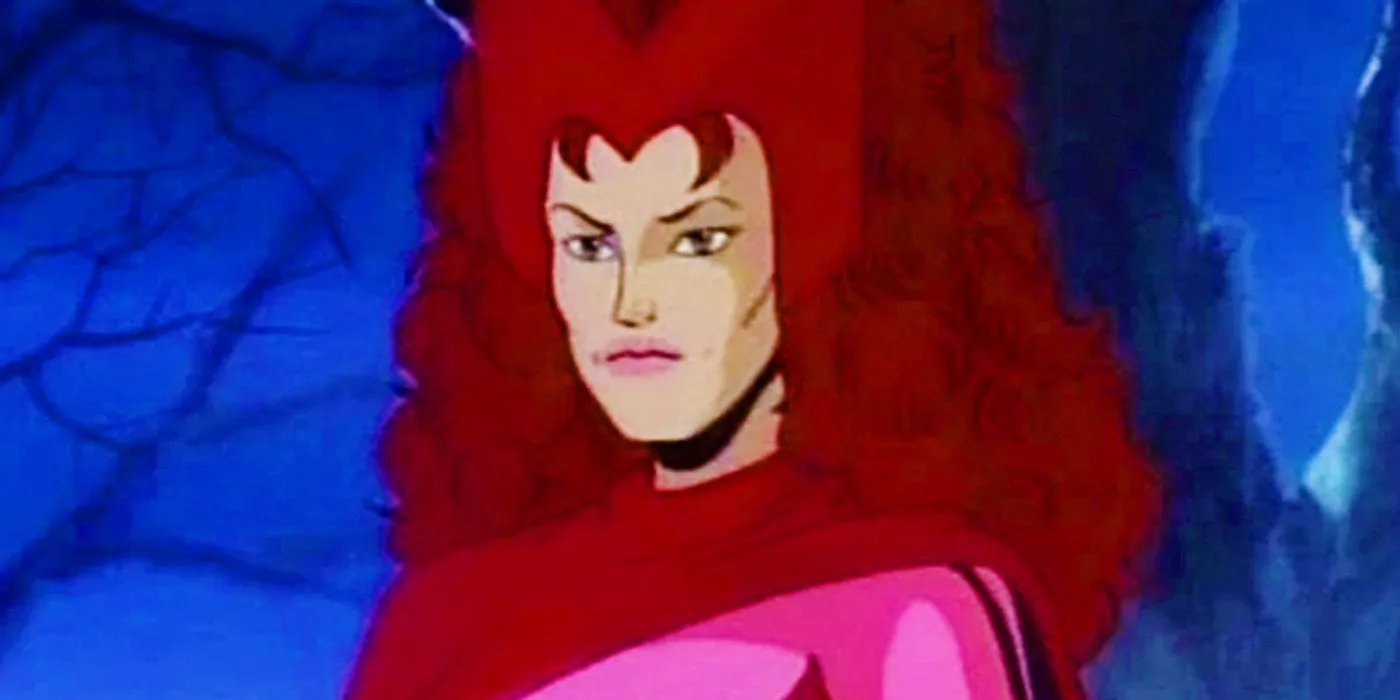
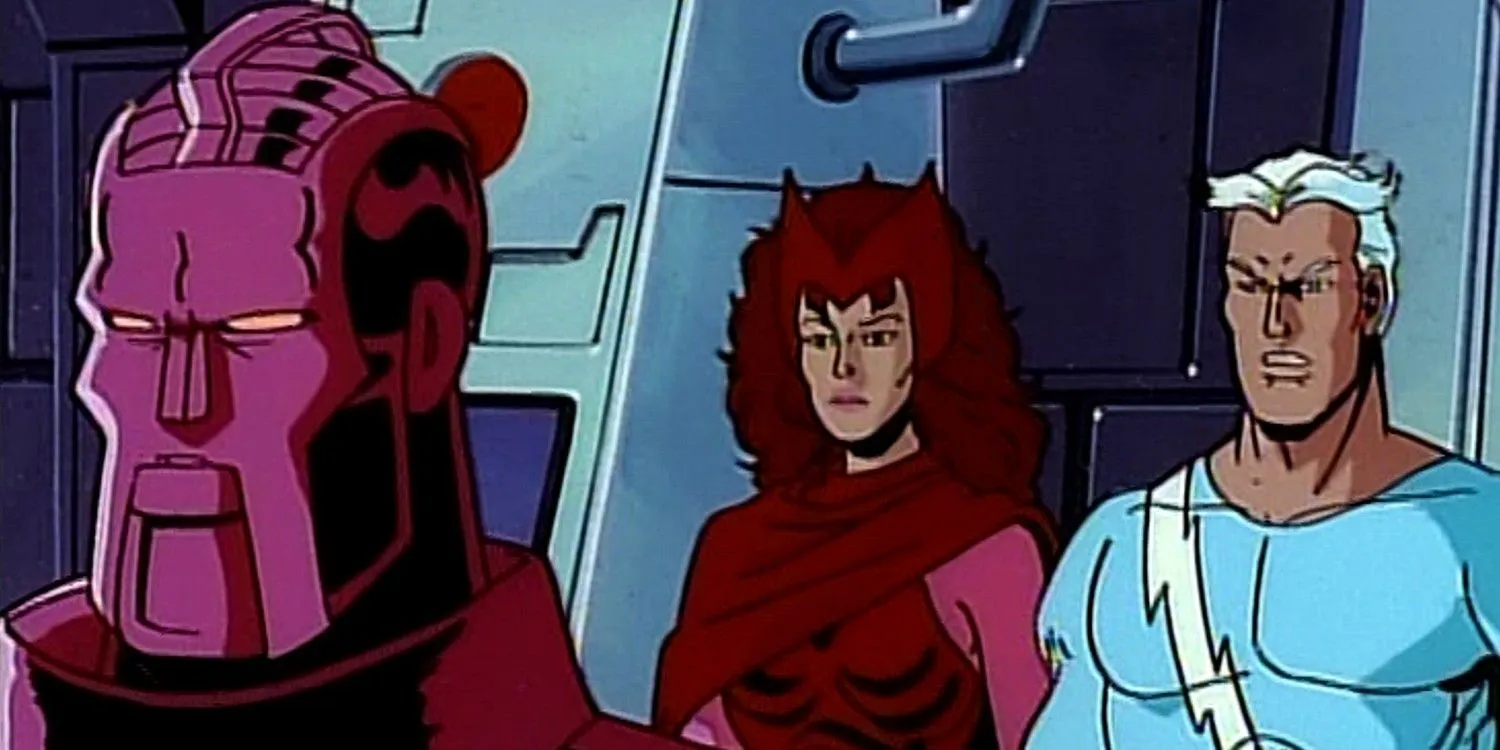
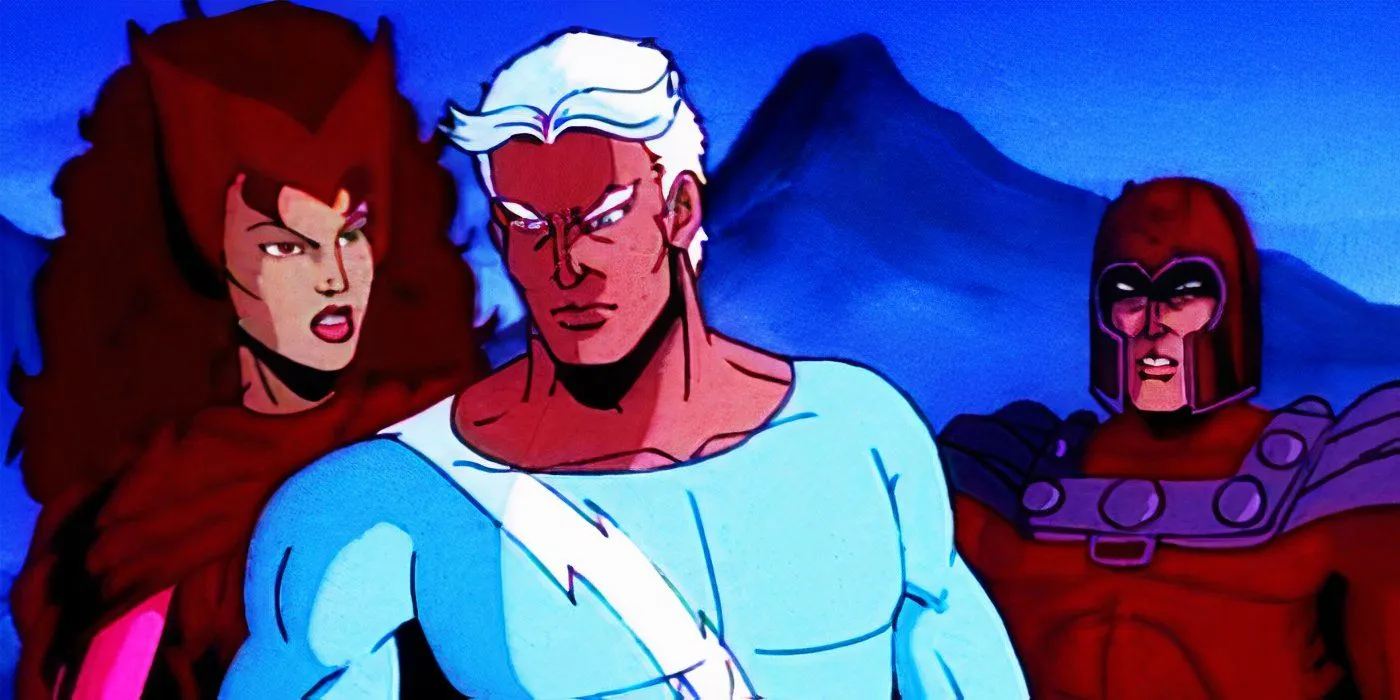
Although the animated series features Magneto, the Scarlet Witch, his daughter, receives scant attention, appearing in just one episode, “Family Ties,”where she grapples with her paternal connections. Given her significance as an early X-Men villain, a more substantial role was warranted.
Further exploration of Wanda’s character could have illuminated Magneto’s complex dynamics with his family and showcased her struggle for acceptance amid the mutant community. Moreover, her relationship with her twin brother, Quicksilver, could have introduced an emotional depth that resonates throughout the series.
6 Quicksilver
X-Men: TAS Season 3, Episode 11 “Cold Comfort” & Season 4, Episode 13 “Family Ties”
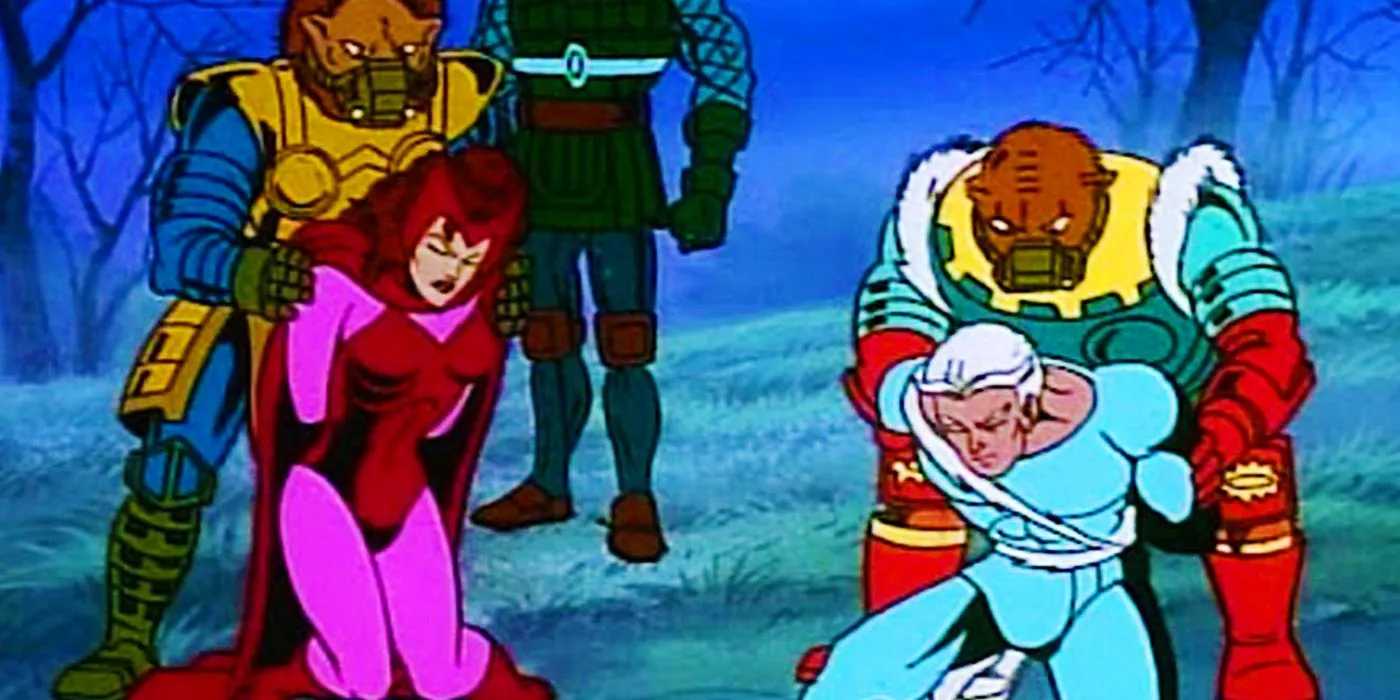
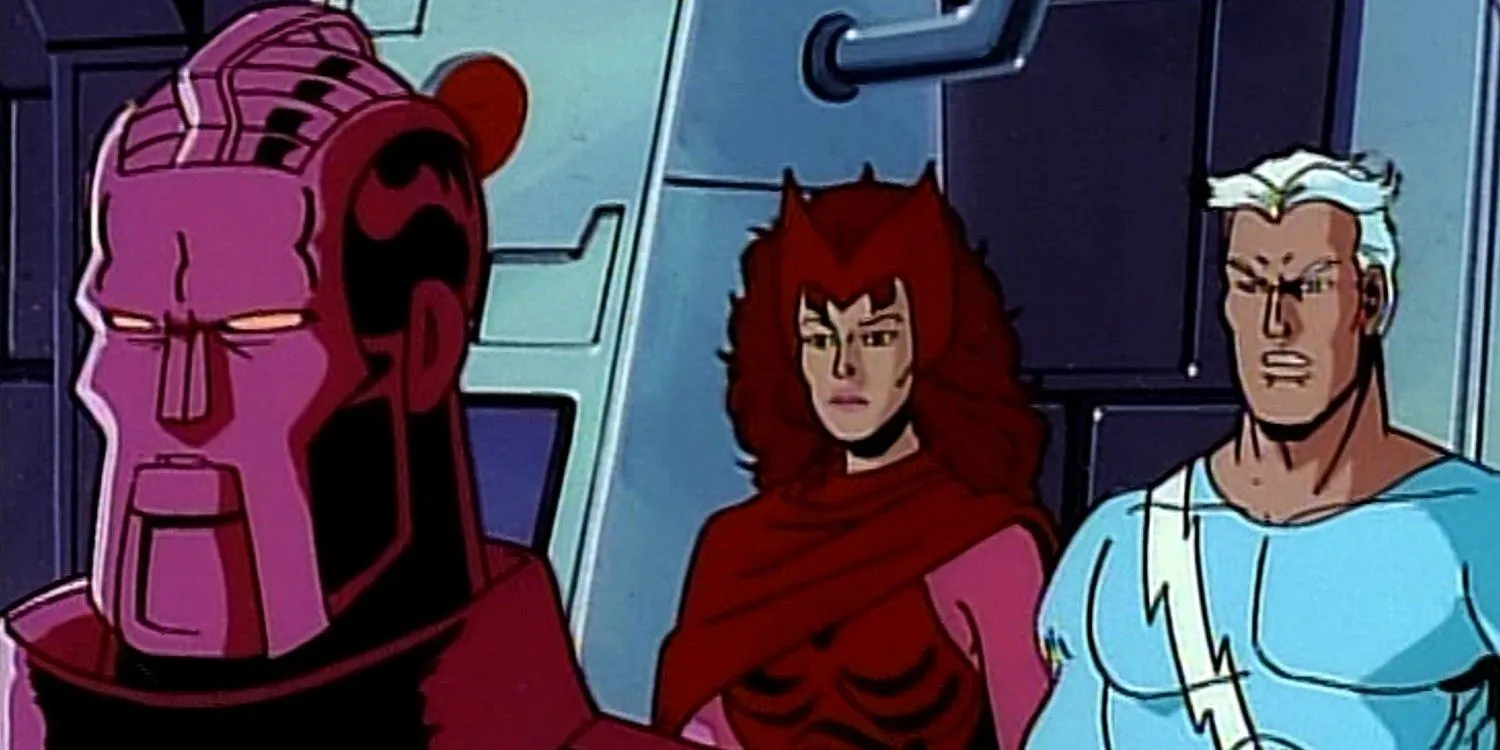
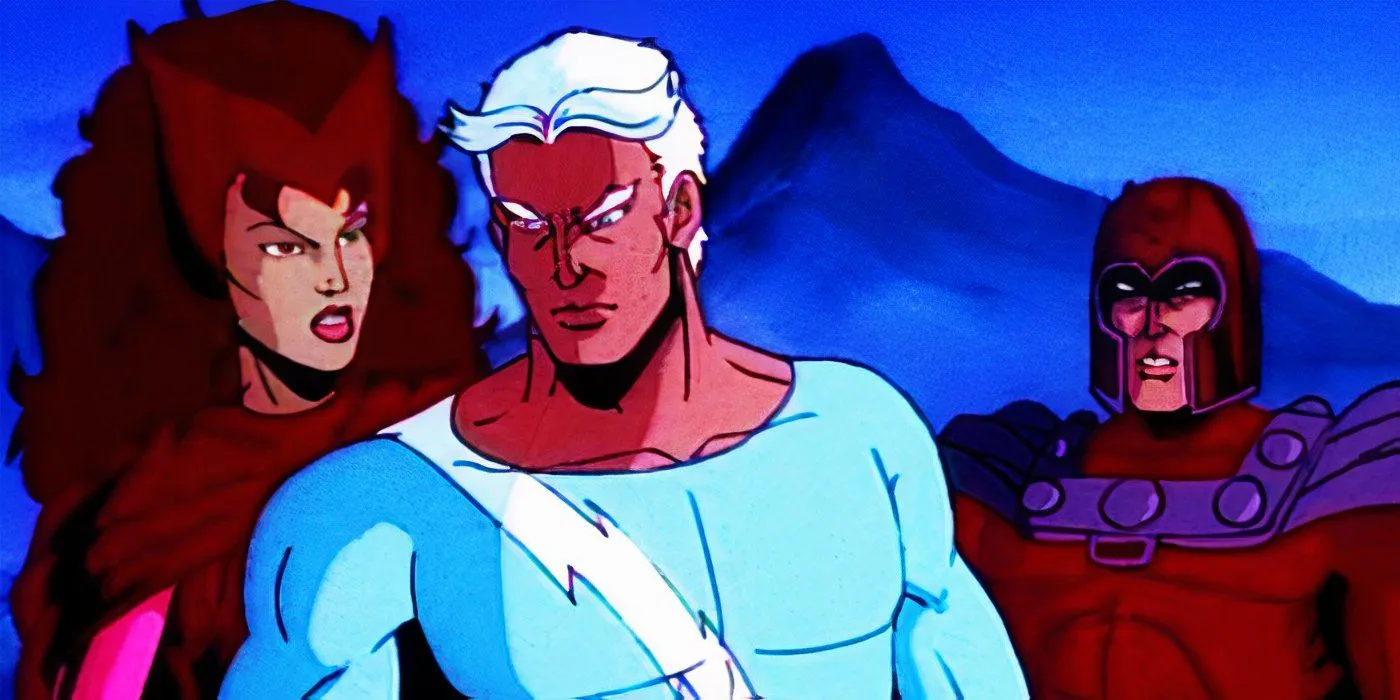
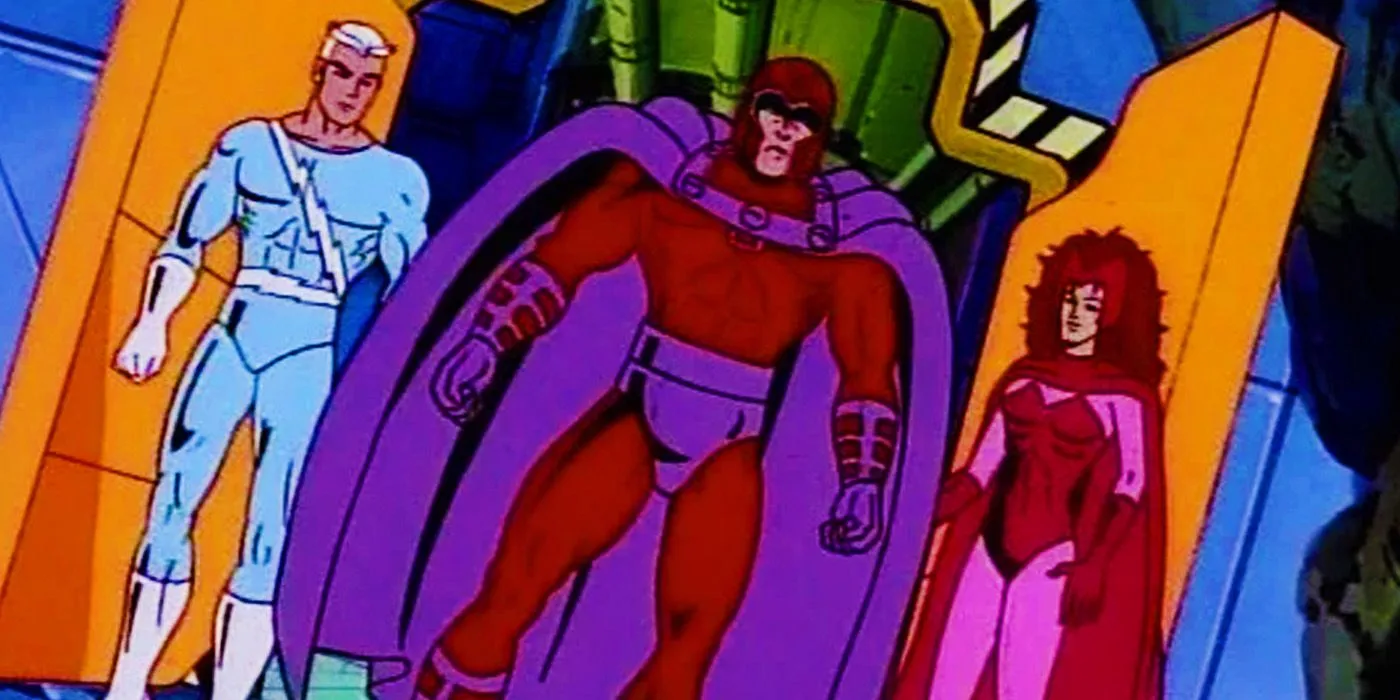
Similarly, Quicksilver, Wanda’s twin brother, receives a brief appearance as an X-Factor member in “Cold Comfort” but serves only as background context. His role in “Family Ties”hints at his family dynamics but fails to do justice to his legacy as one of the original members of the Brotherhood of Evil Mutants in the comics.
His super-speed and brash demeanor could have injected a lively energy into X-Men: TAS. The tensions in his relationship with Magneto, characterized by a desire for paternal approval, could serve as a compelling arc that provides depth to both the character and their familial interactions on screen.
5 Psylocke
X-Men: TAS Season 2, Episode 5 “Repo Man,” Episode 11 “Mojovision,” Season 4, Episode 19 “Promise Of Apocalypse” & Episode 21 “End And Beginning”
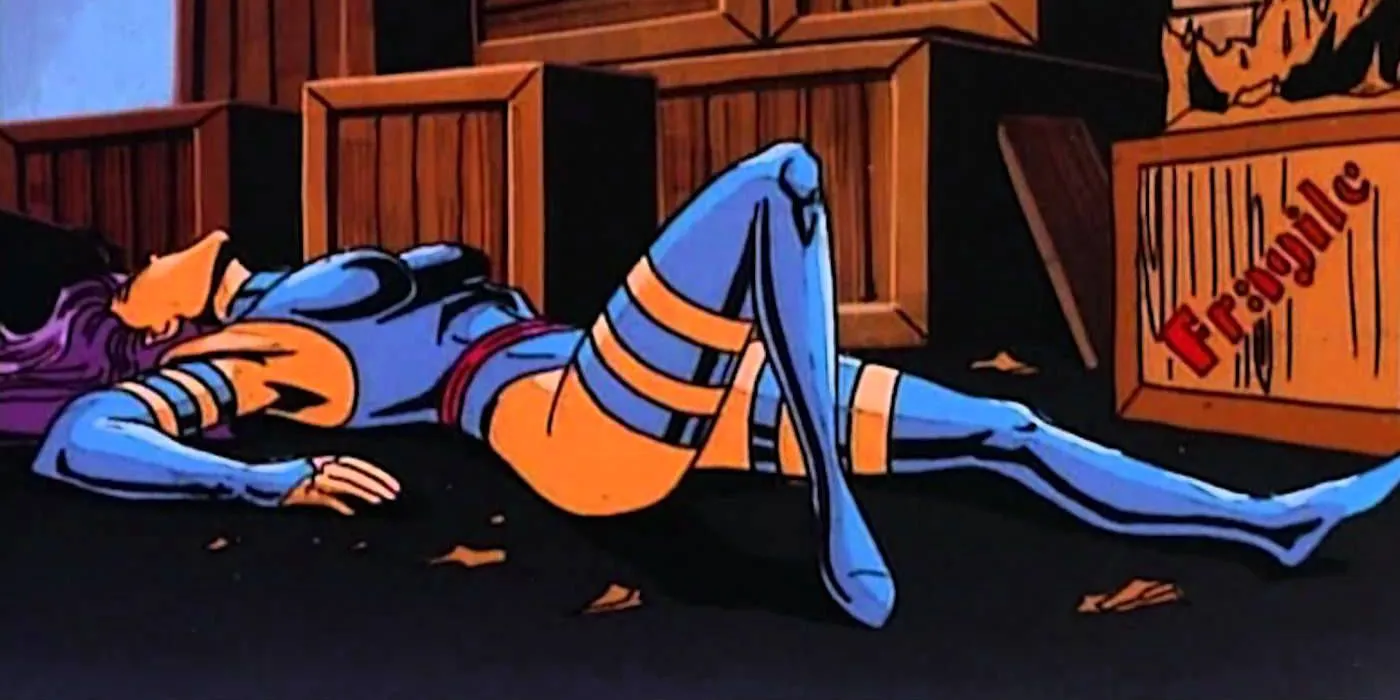
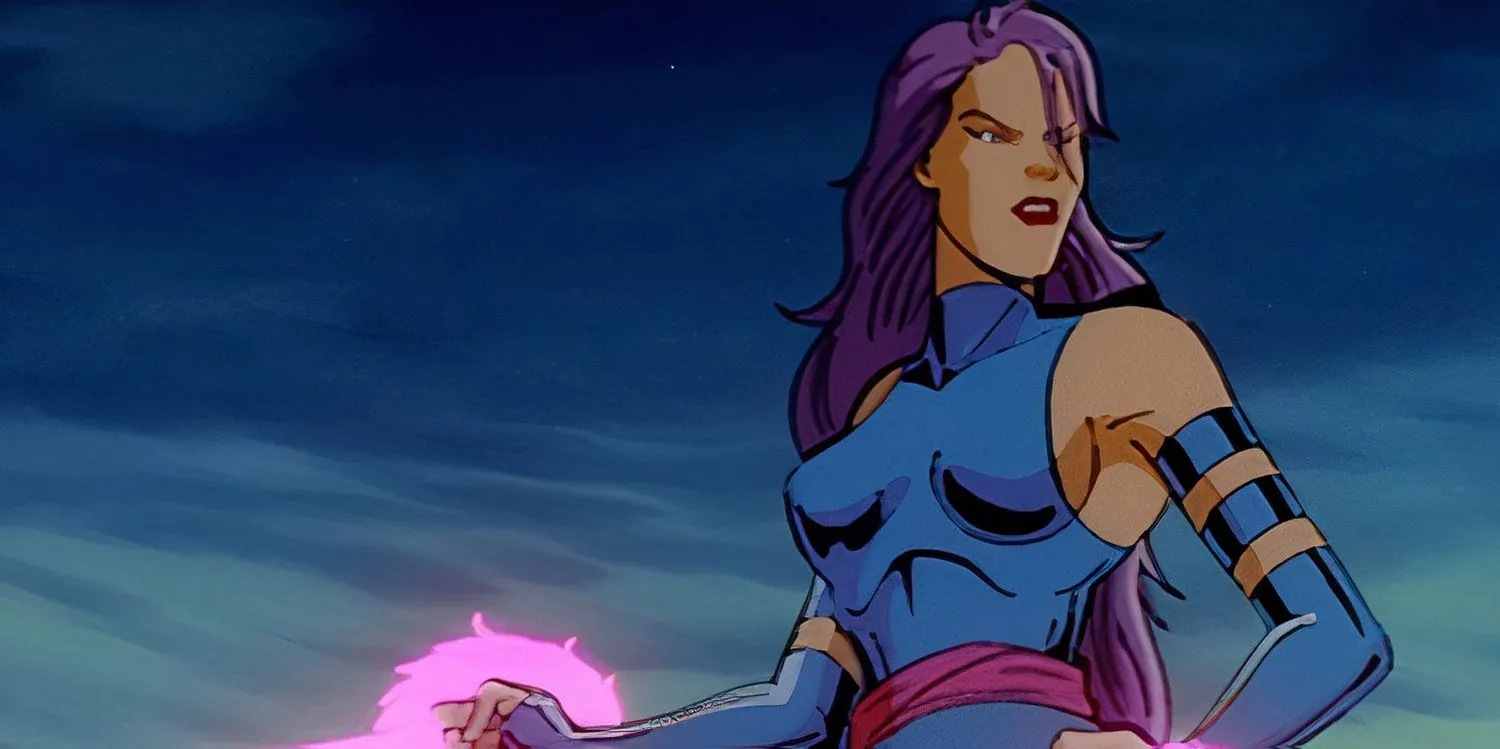
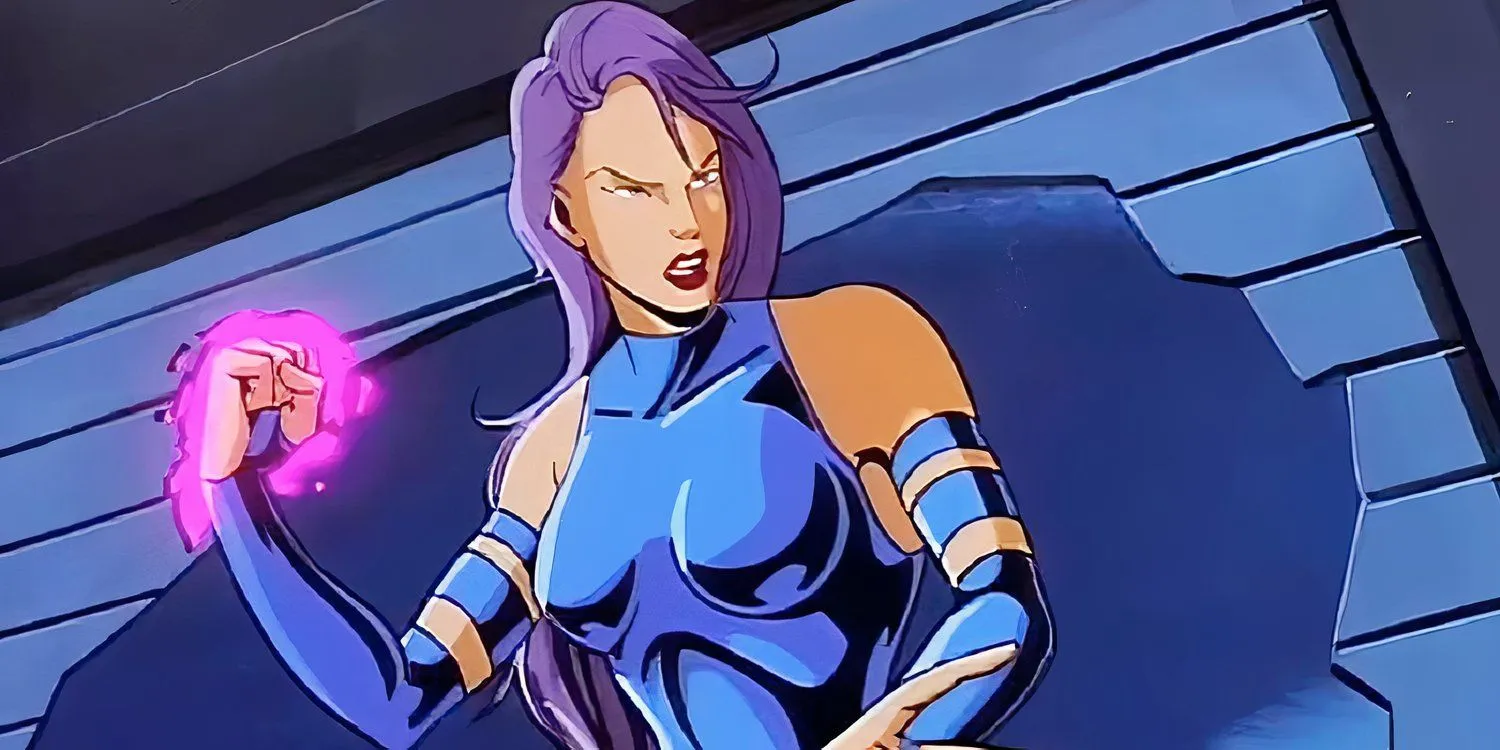
Psylocke, a character adored by fans for her telepathic and telekinetic abilities, experienced an unfortunate lack of development in X-Men: TAS. Although she made a few appearances, including a meaningful role in “Promise of Apocalypse,” the narrative failed to fully capture her complexity and internal struggles.
Her unique combination of psychic abilities and combat proficiency, intertwined with a complex backstory of body-swapping and identity conflicts, would have enriched the narrative tapestry of the series. Regrettably, significant elements of her storyline were stripped down, leaving a simplified version of a character who deserved greater exploration and depth.
4 Lady Deathstrike
X-Men: TAS Season 3, Episodes 1-2 “Out of the Past”
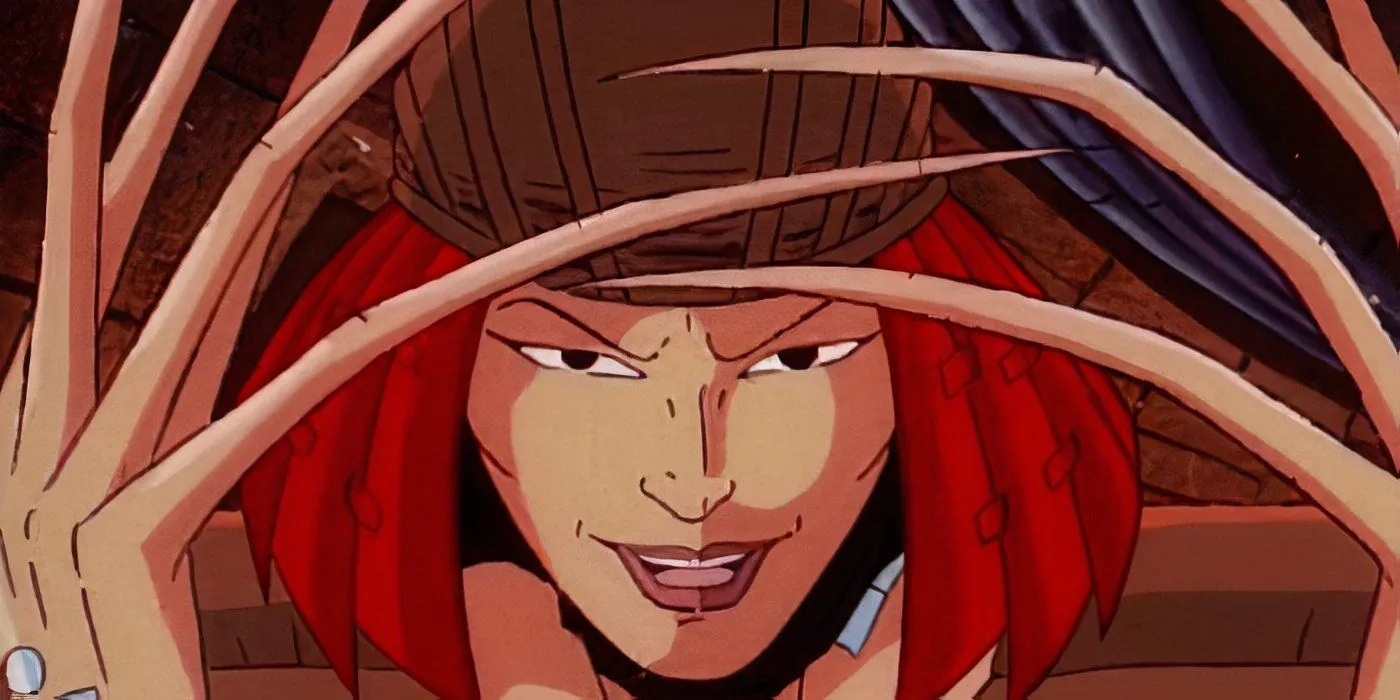
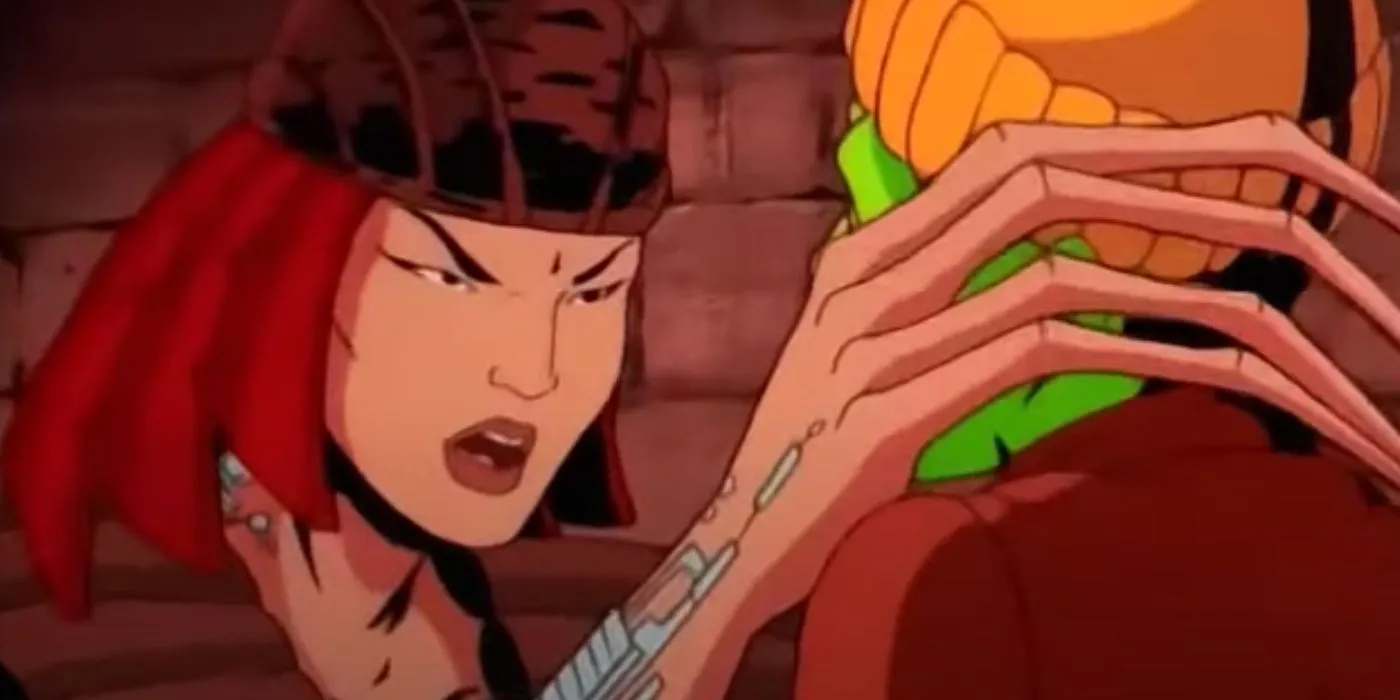
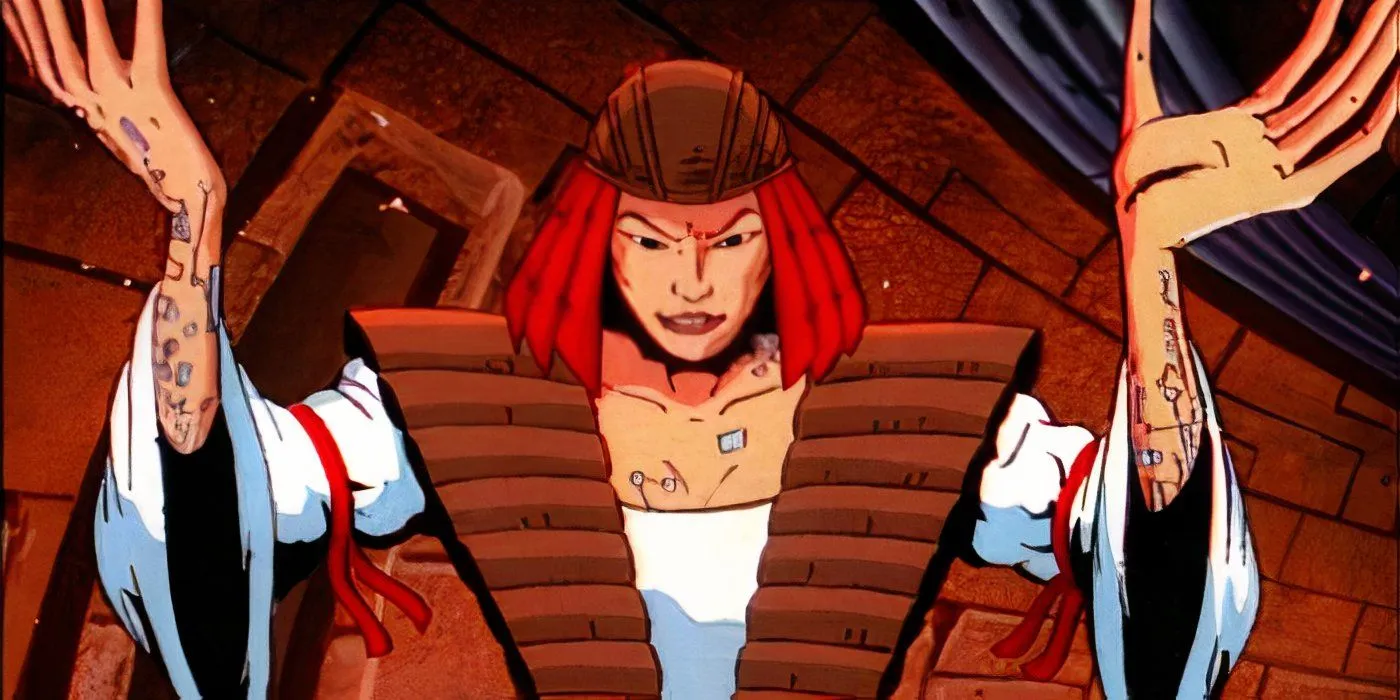
Lady Deathstrike, a formidable cyborg assassin with an intense grudge against Wolverine, features prominently in a two-part arc. However, her potential is overshadowed by an overly complex narrative that ties her closely to Wolverine’s backstory. The show transforms her motivation for vengeance, tracing it to her father’s connection to Wolverine’s adamantium skeleton—a significant departure from the comics.
The absence of a follow-up after these episodes is unfortunate. Lady Deathstrike’s vendetta against Wolverine could have encouraged deeper narratives about obsession, forgiveness, and the impact of technological modification. Her distinct perspective could have contributed profound insights into the themes of humanity and mutation central to the show.
3 Spider-Man
X-Men: TAS Season 3, Episode 7 “The Phoenix Saga, Part V: Child Of Light”
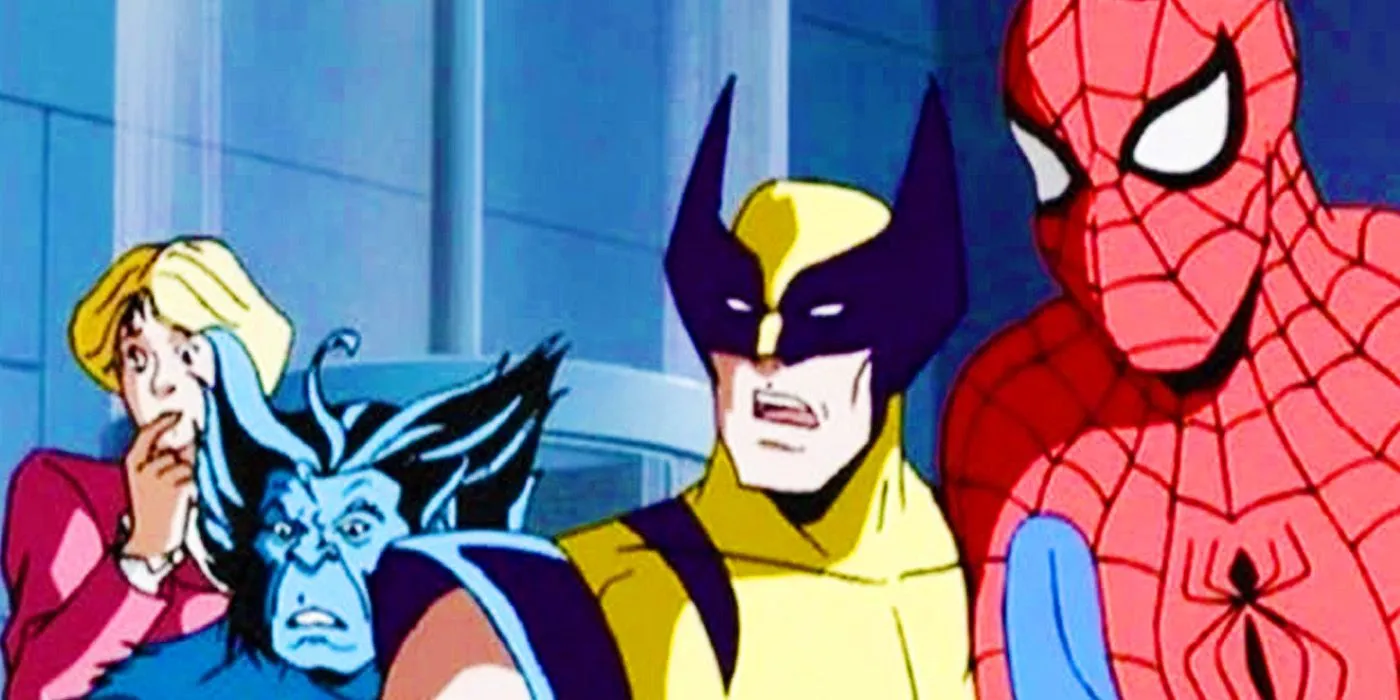
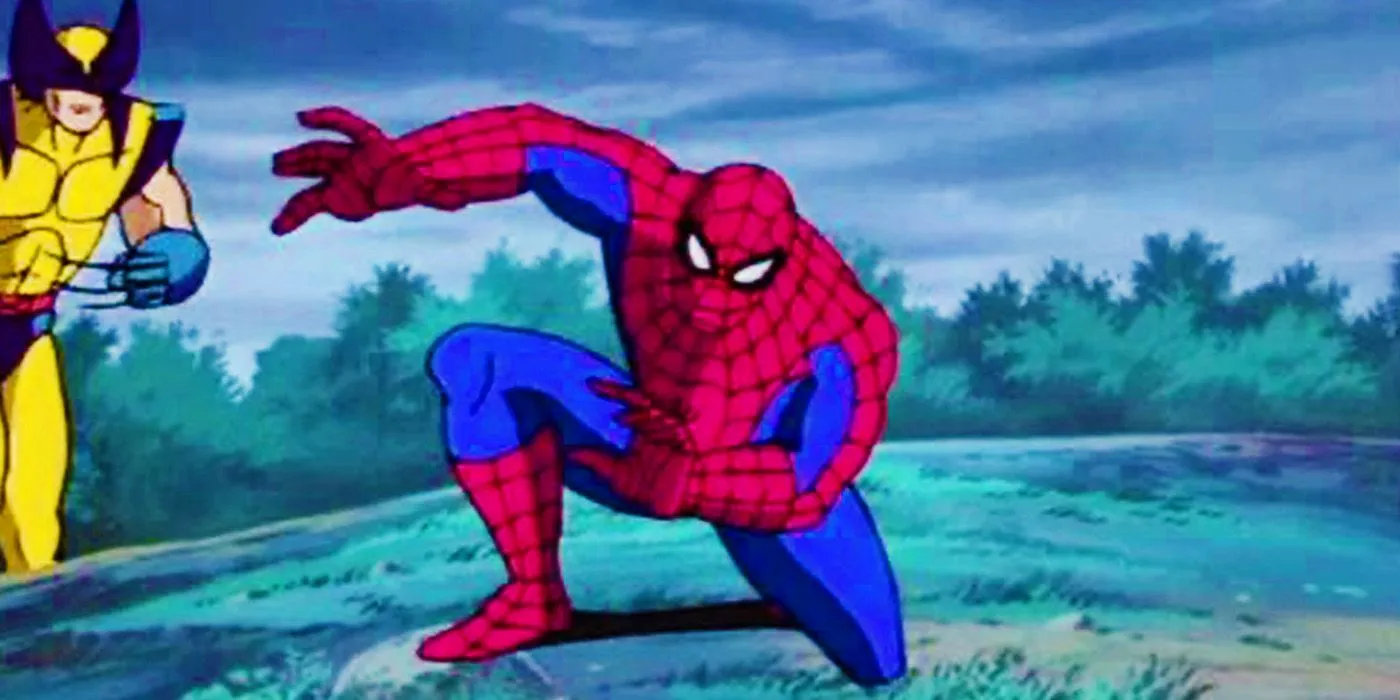
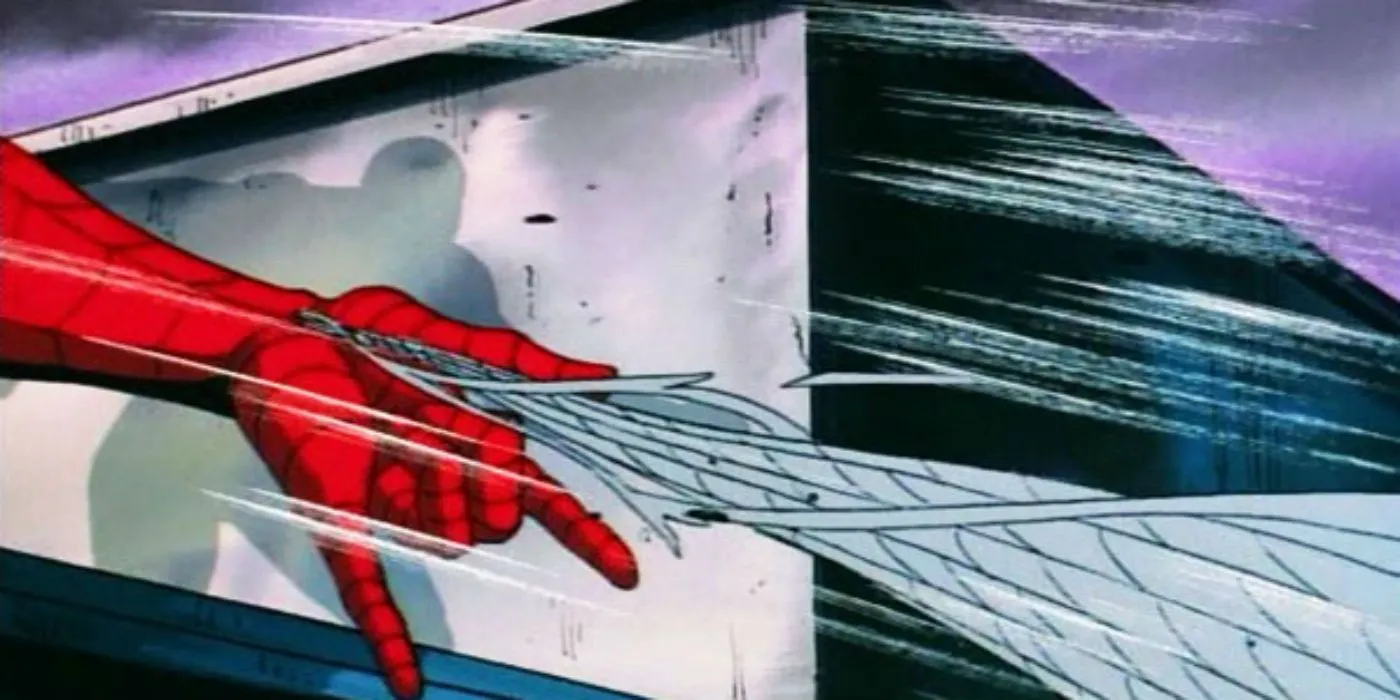
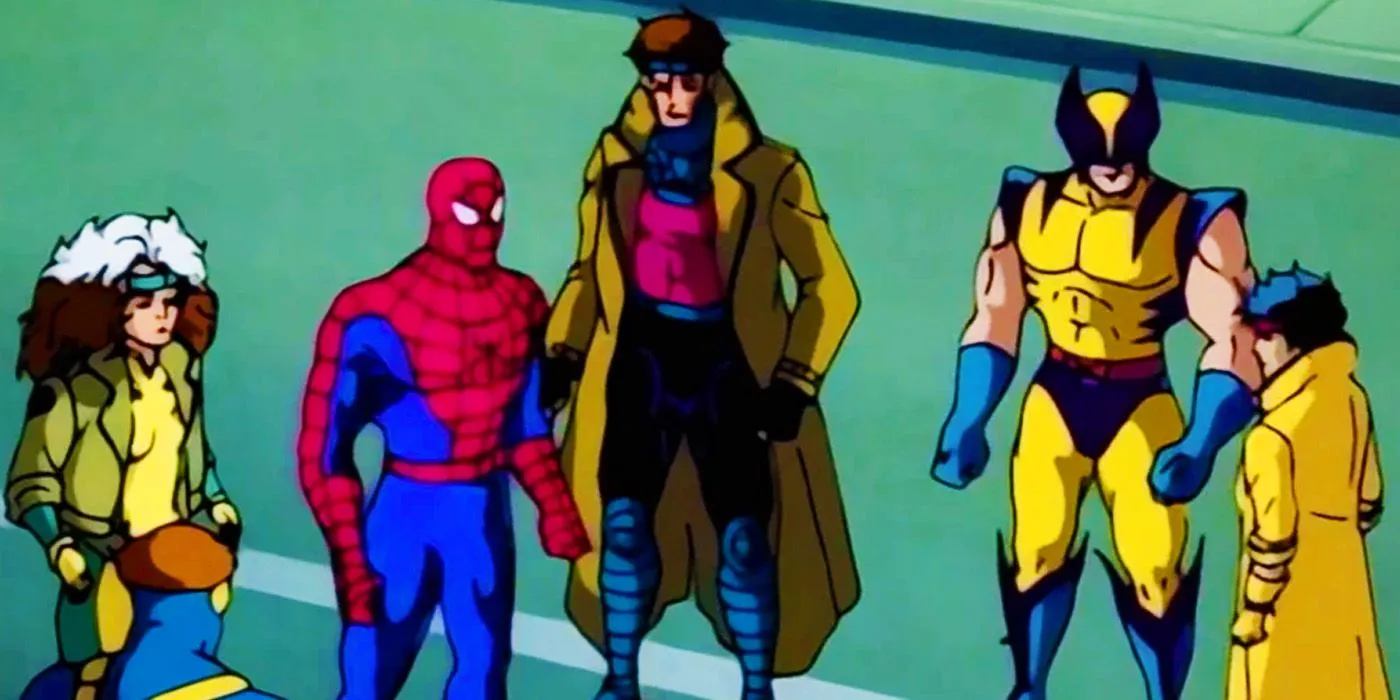
Despite the long-standing collaboration between Spider-Man and the X-Men in comic lore, Peter Parker’s presence is noticeably absent from *X-Men: The Animated Series*. Although characters from *X-Men* made guest appearances in Spider-Man’s show, the reverse was never realized. The series teases Spider-Man’s existence in “Child of Light” via shadows and web-slinging, but it feels like an inadequate representation.
Incorporating Spider-Man’s wit and grounded outlook could have introduced a refreshing contrast to the X-Men’s narrative tone. His perspective as a non-mutant facing prejudice parallels the X-Men’s struggles and could have enriched the show’s themes of acceptance and diversity.
2 Killgrave
X-Men: TAS Season 3, Episode 8 “No Mutant Is An Island”
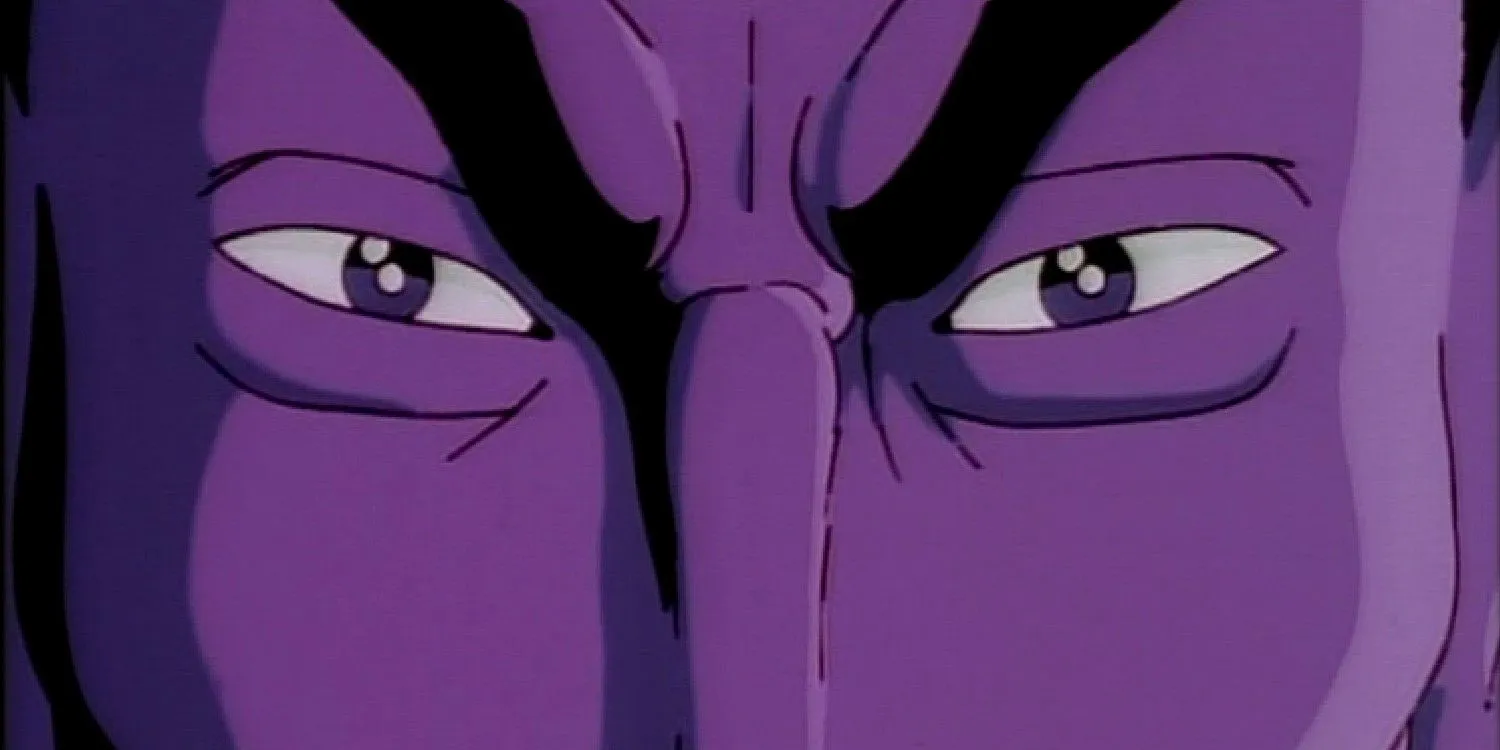
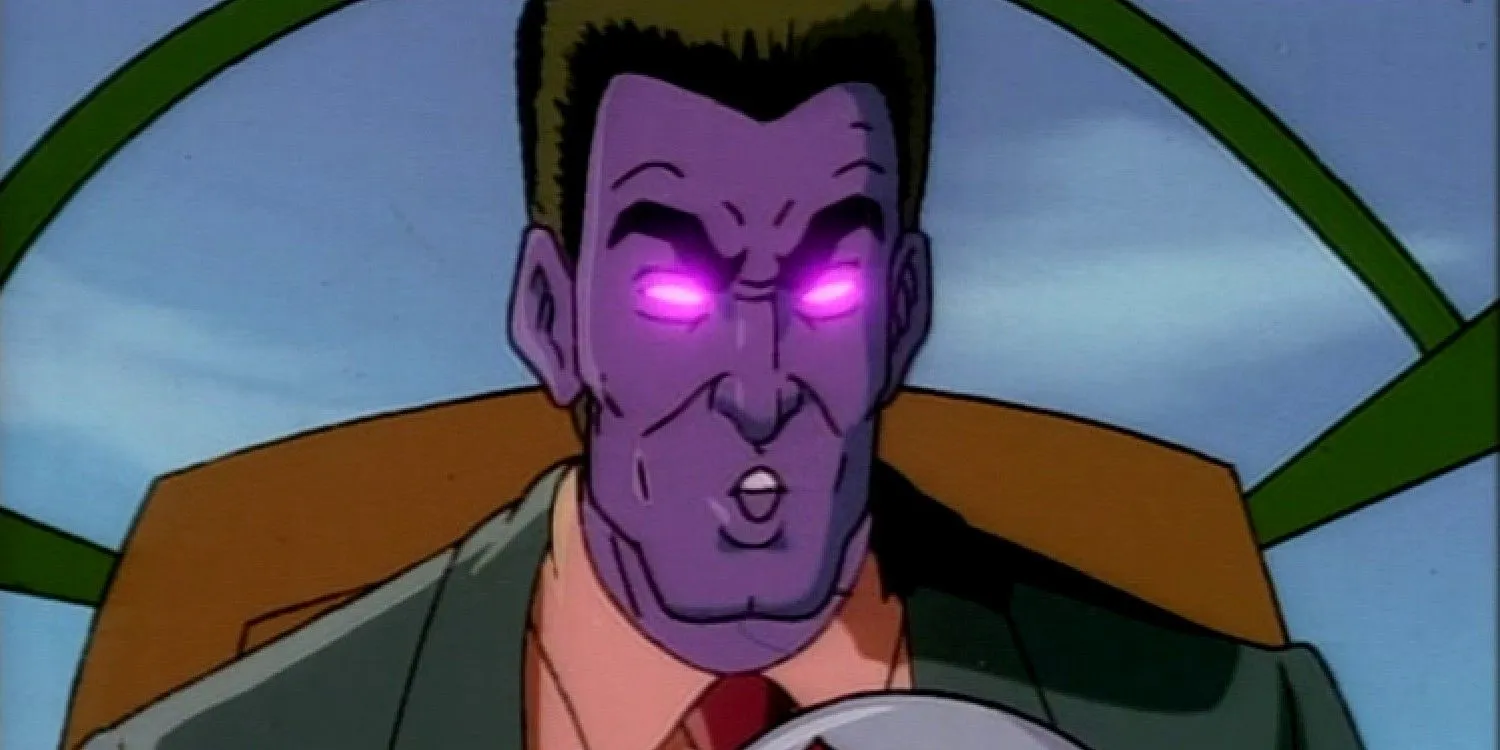
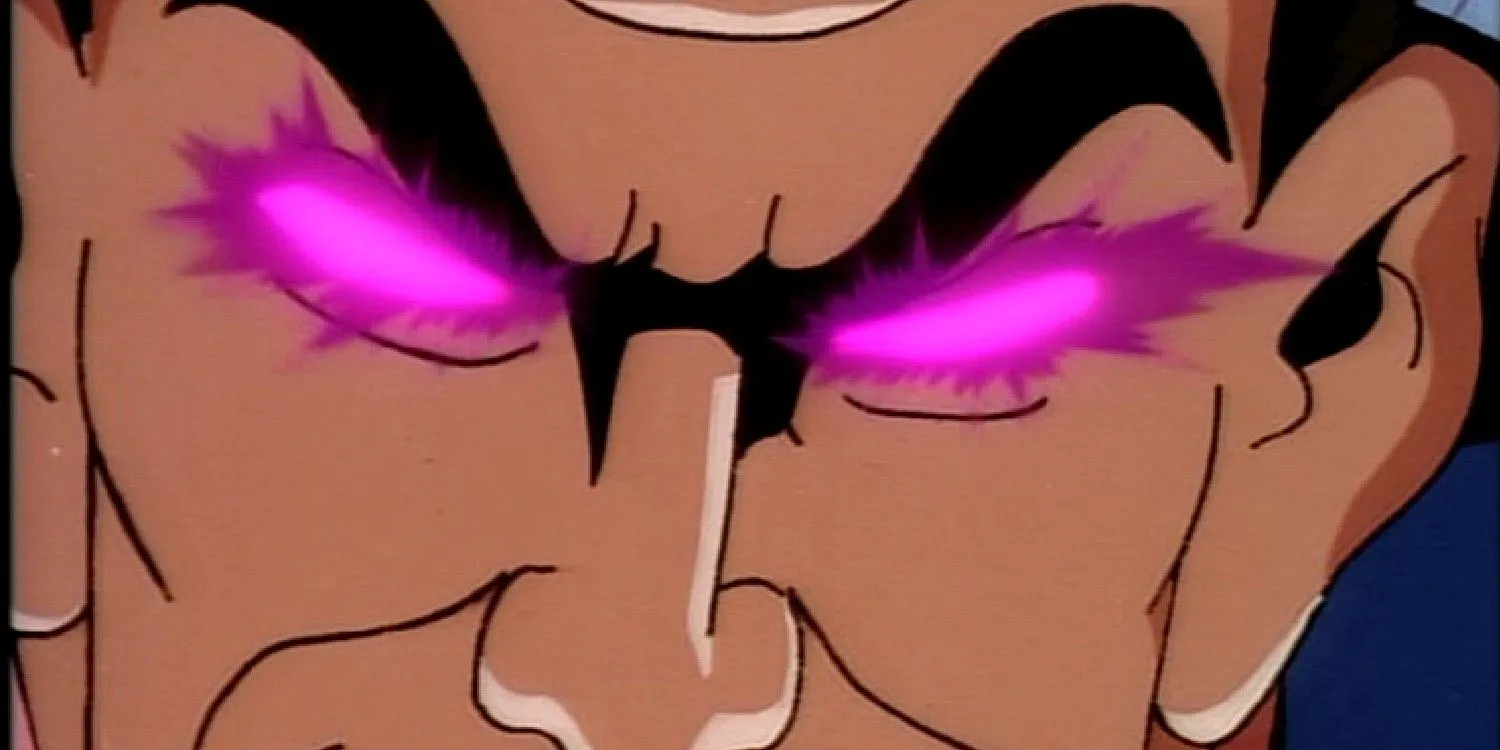
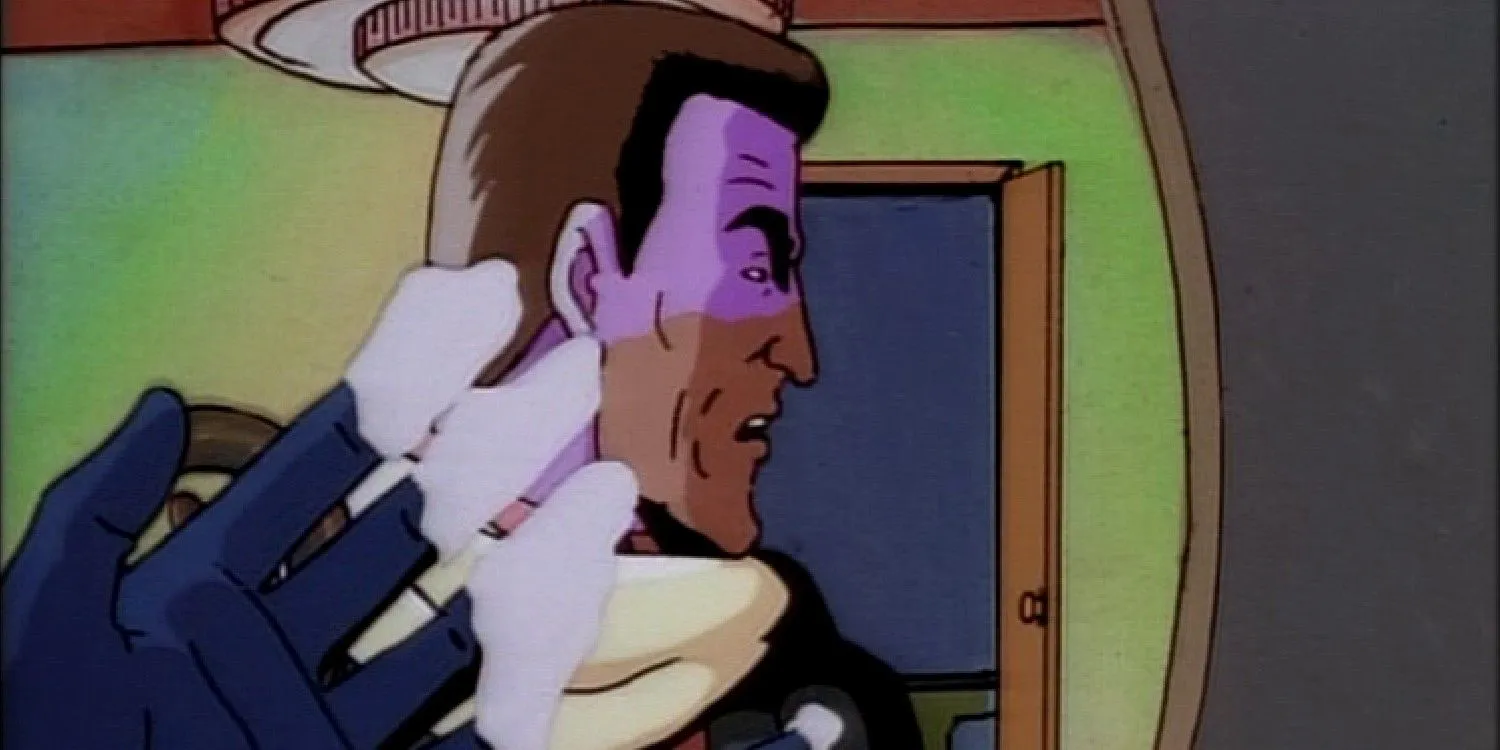
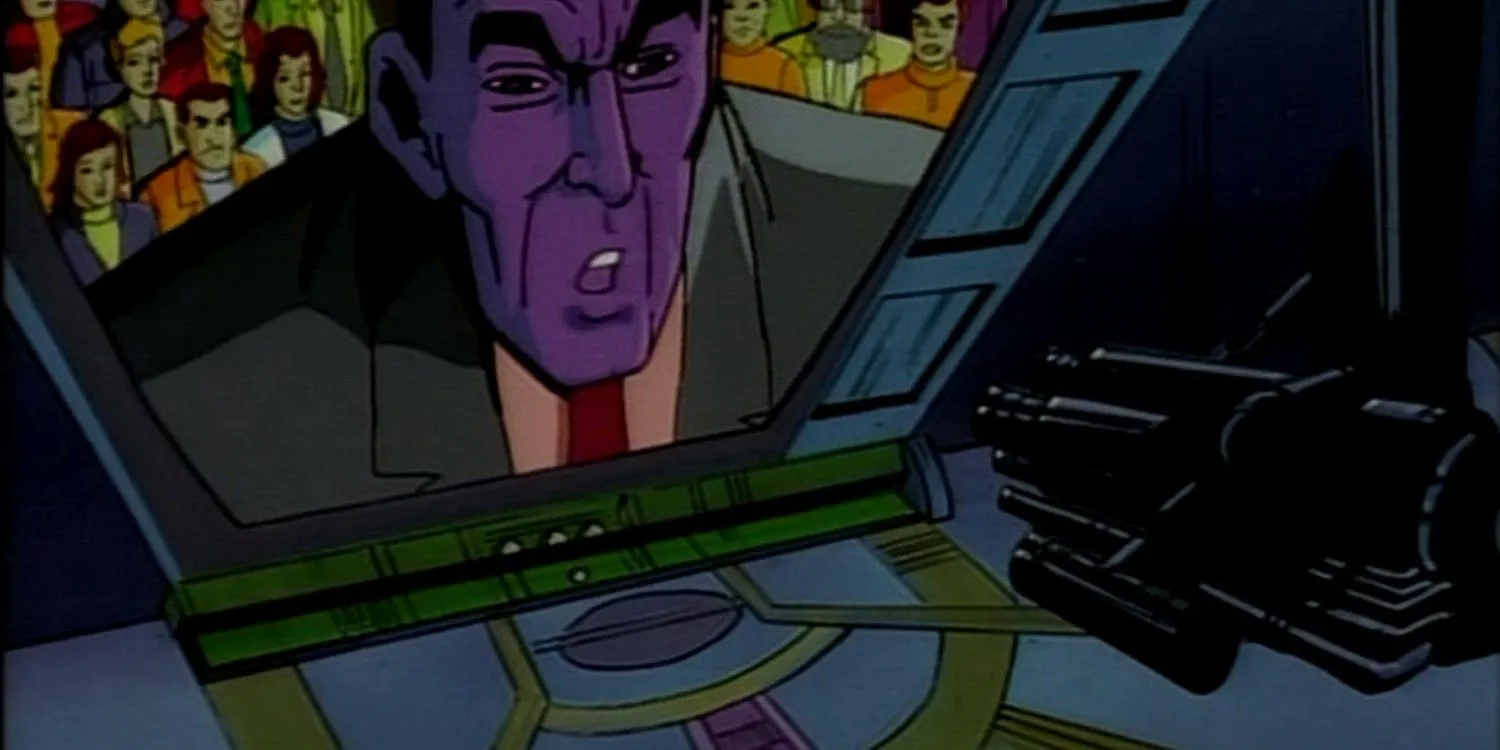
Known as the Purple Man, Killgrave stands out as one of Marvel’s most sinister villains with his mind-control powers. Although he appears in “No Mutant is an Island,” his portrayal lacks the menace and psychological complexity inherent to his character. In this episode, he’s associated with a philanthropic effort tied to an orphanage’s disappearances rather than demonstrating the full extent of his villainy.
Imagining a narrative where Killgrave wields his powers to instigate chaos among mutants could have challenged the X-Men’s unity and resilience. Such a plotline would have accentuated the darker tones of the series, offering a psychological depth worthy of Killgrave’s character. Instead, he comes off as a relatively bland antagonist, falling short of his narrative potential.
1 Warlock
X-Men: TAS Season 5, Episodes 1-2 “The Phalanx Covenant”
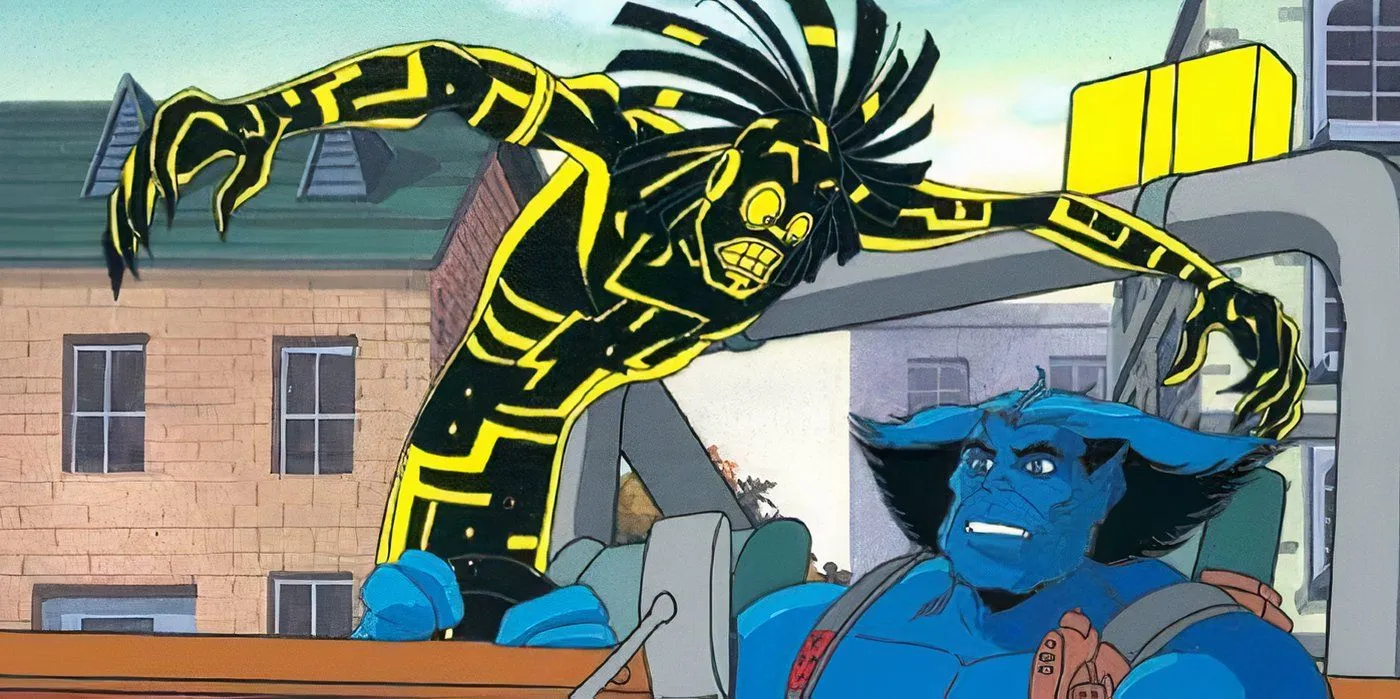
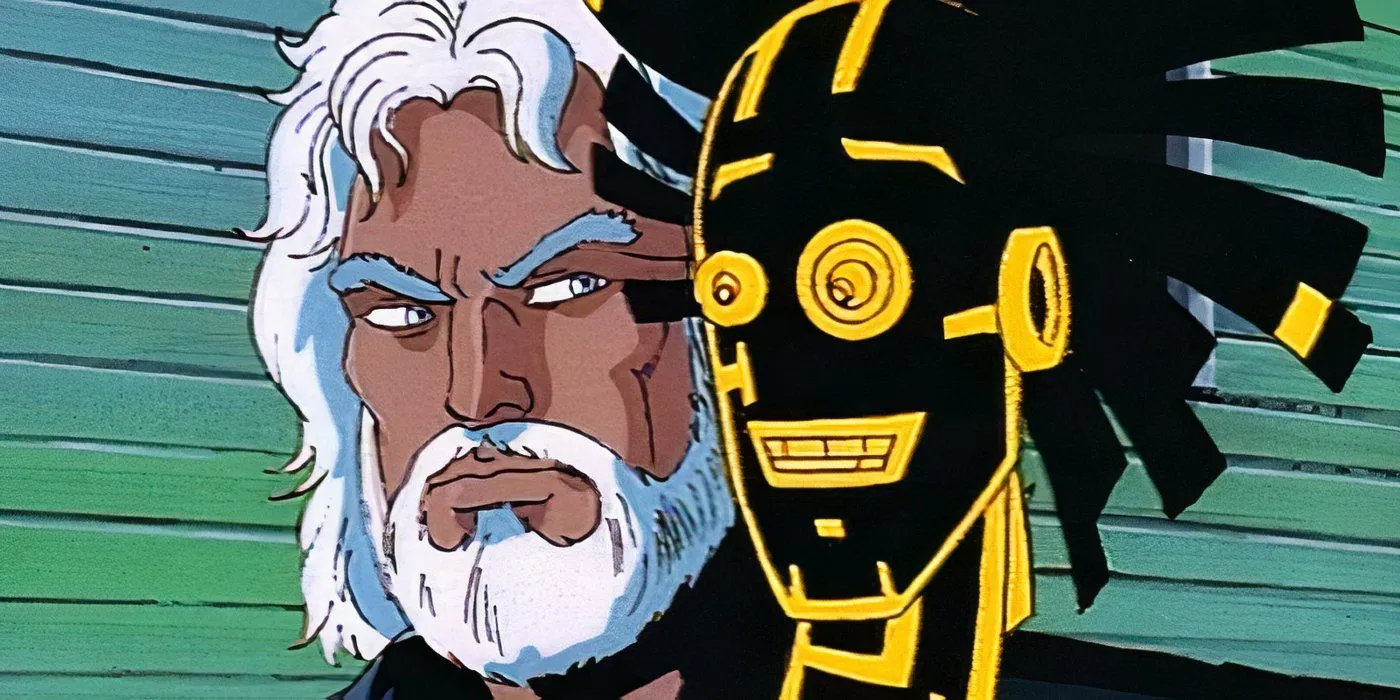
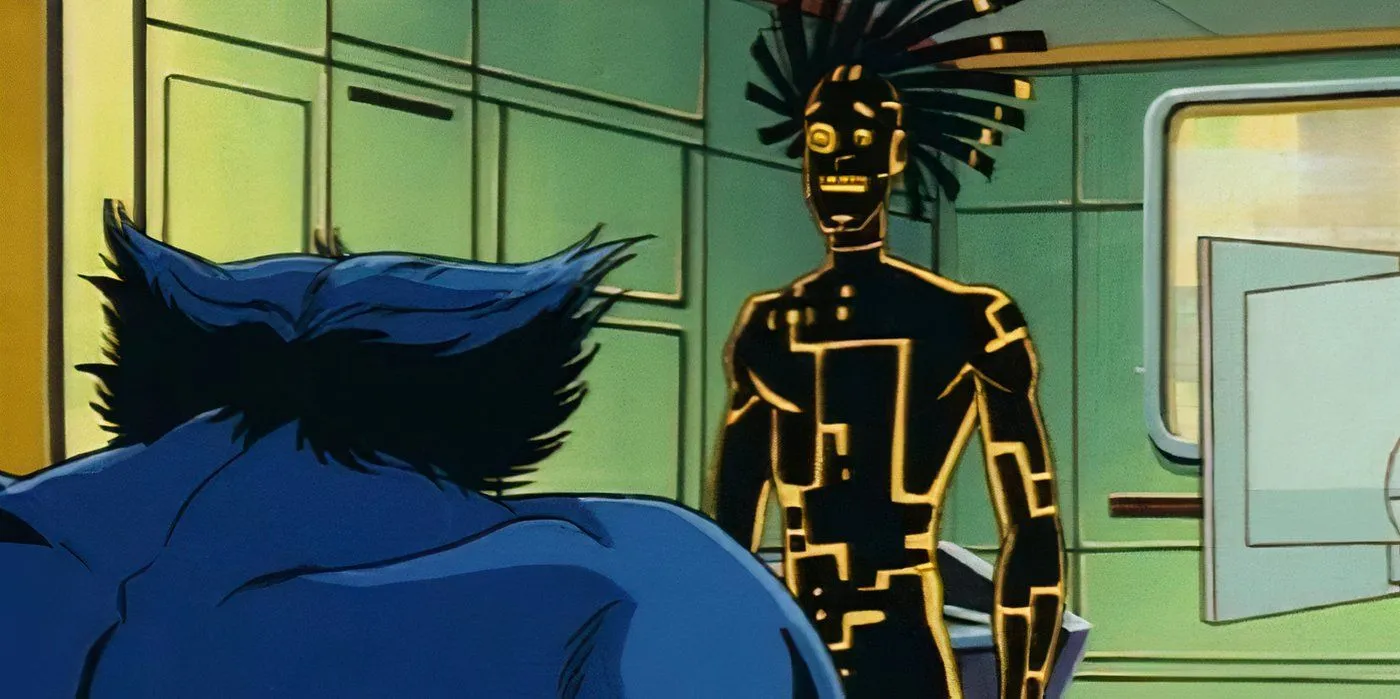
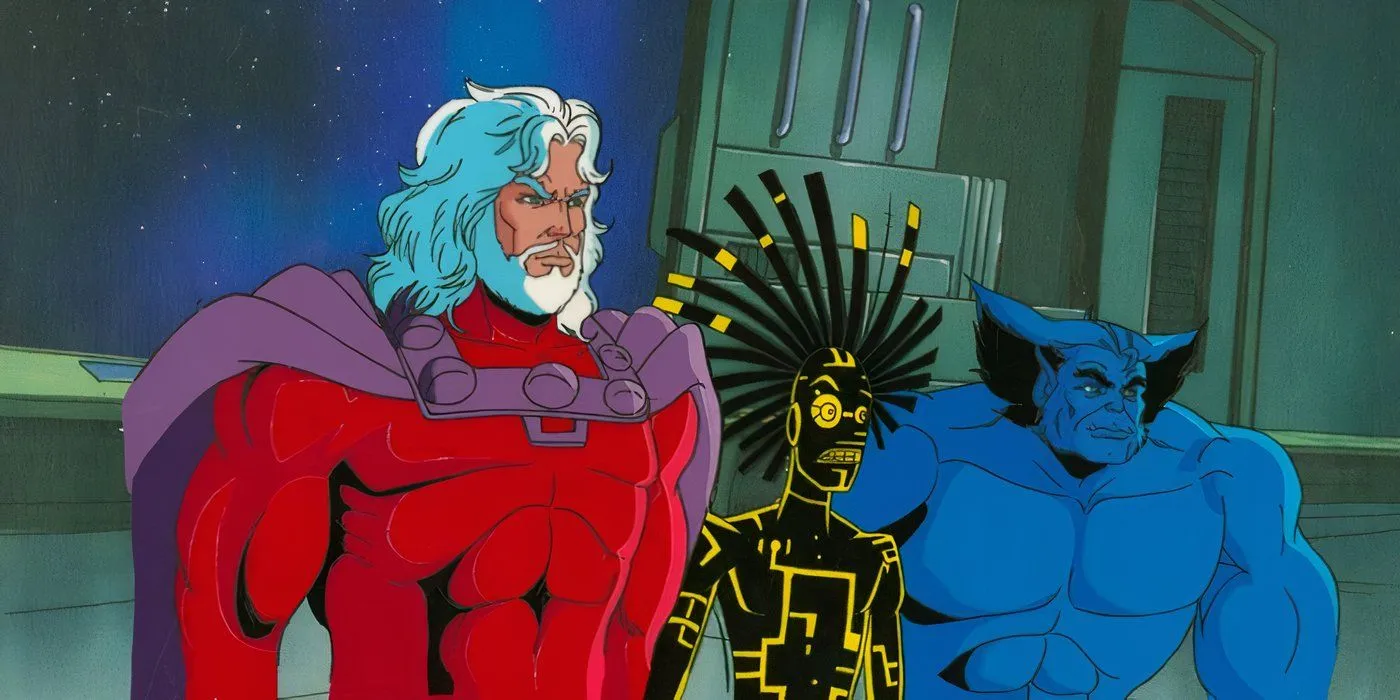
Warlock, a techno-organic being and member of the New Mutants, finds himself underutilized in X-Men: TAS. His only notable presence is in a two-part episode alongside Beast, where he’s portrayed more as a nuisance than a significant character grappling with identity issues. The nuances of his design, shapeshifting skills, and appealing demeanor suffer due to the limitations in animation quality.
Exploring Warlock’s journey of self-acceptance as a techno-organic entity fits seamlessly with the series’ exploration of what it means to be human. His potential friendships with characters like Rogue or Jubilee could have generated touching moments while also showcasing intense battles against the Phalanx. Ultimately, Warlock’s character could have significantly contributed to discussions about identity, humanity, and acceptance—themes central to the X-Men’s ethos.




Leave a Reply